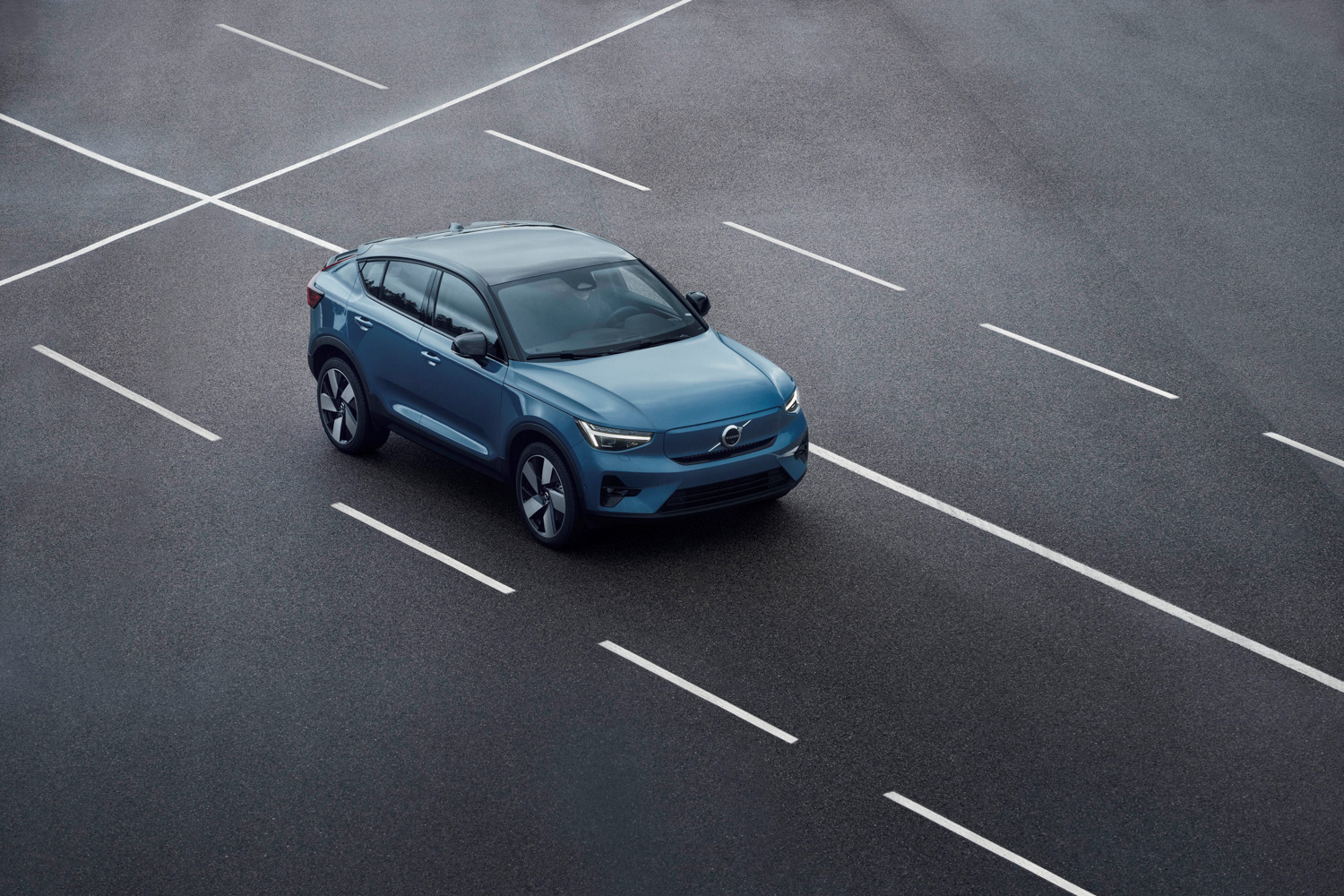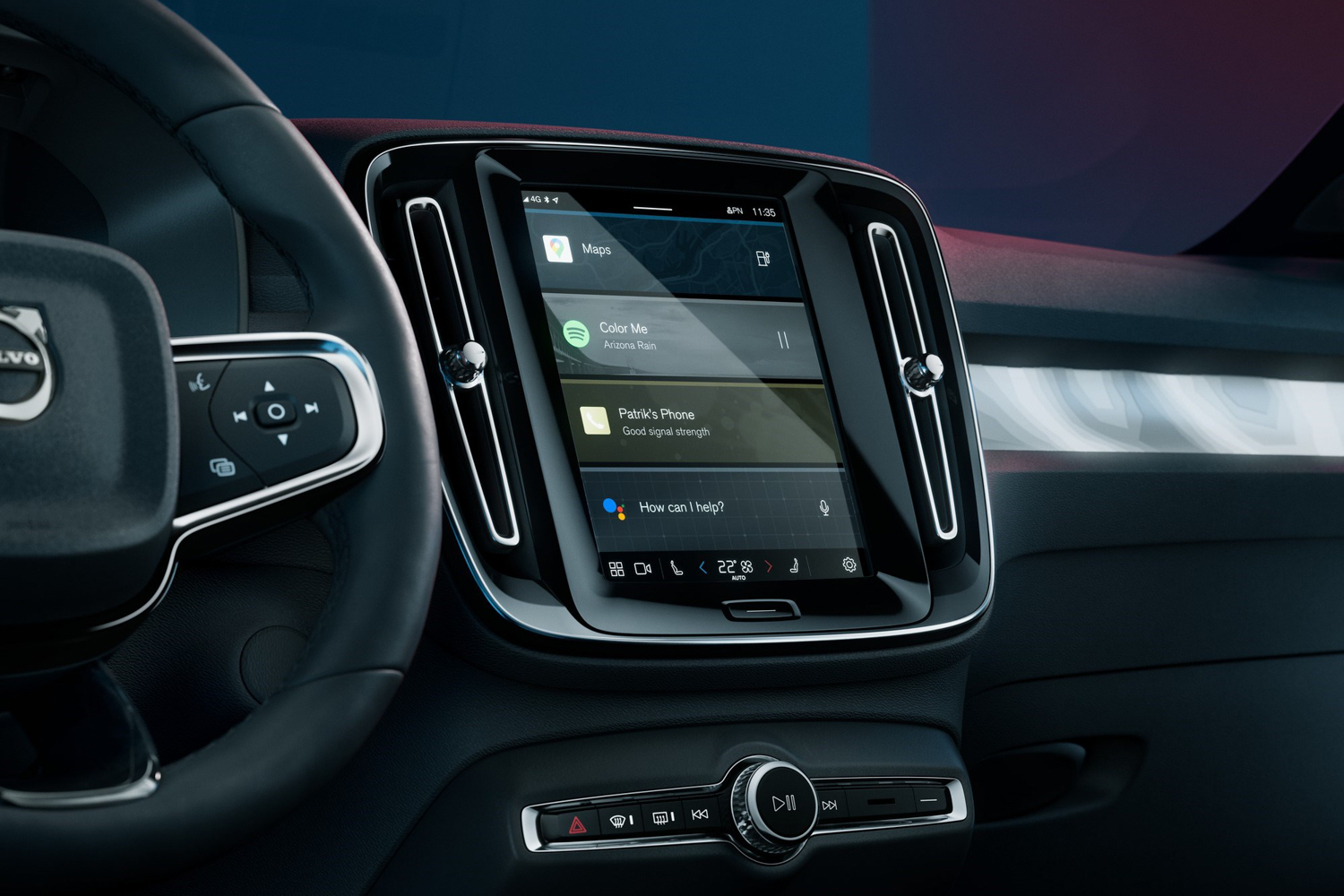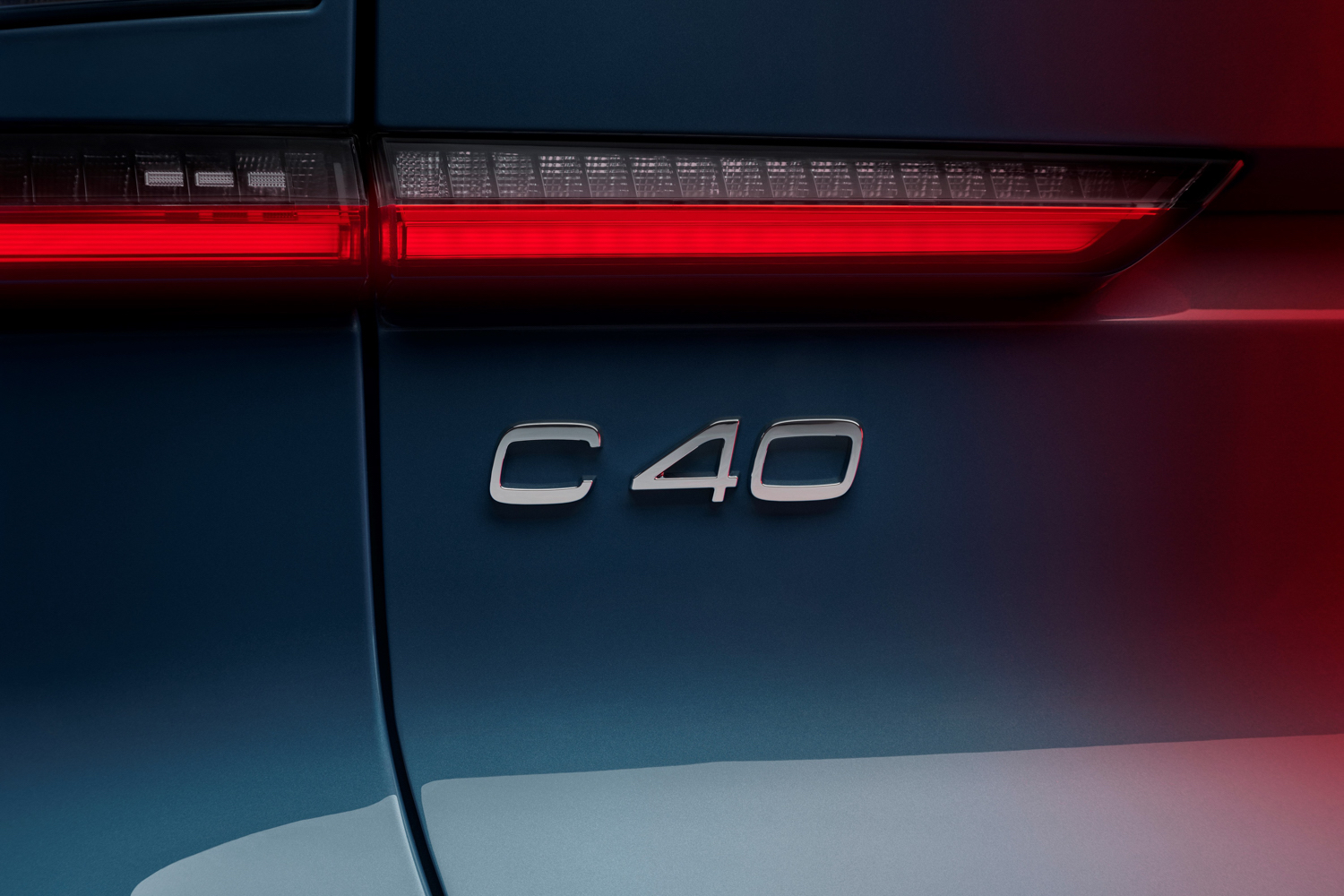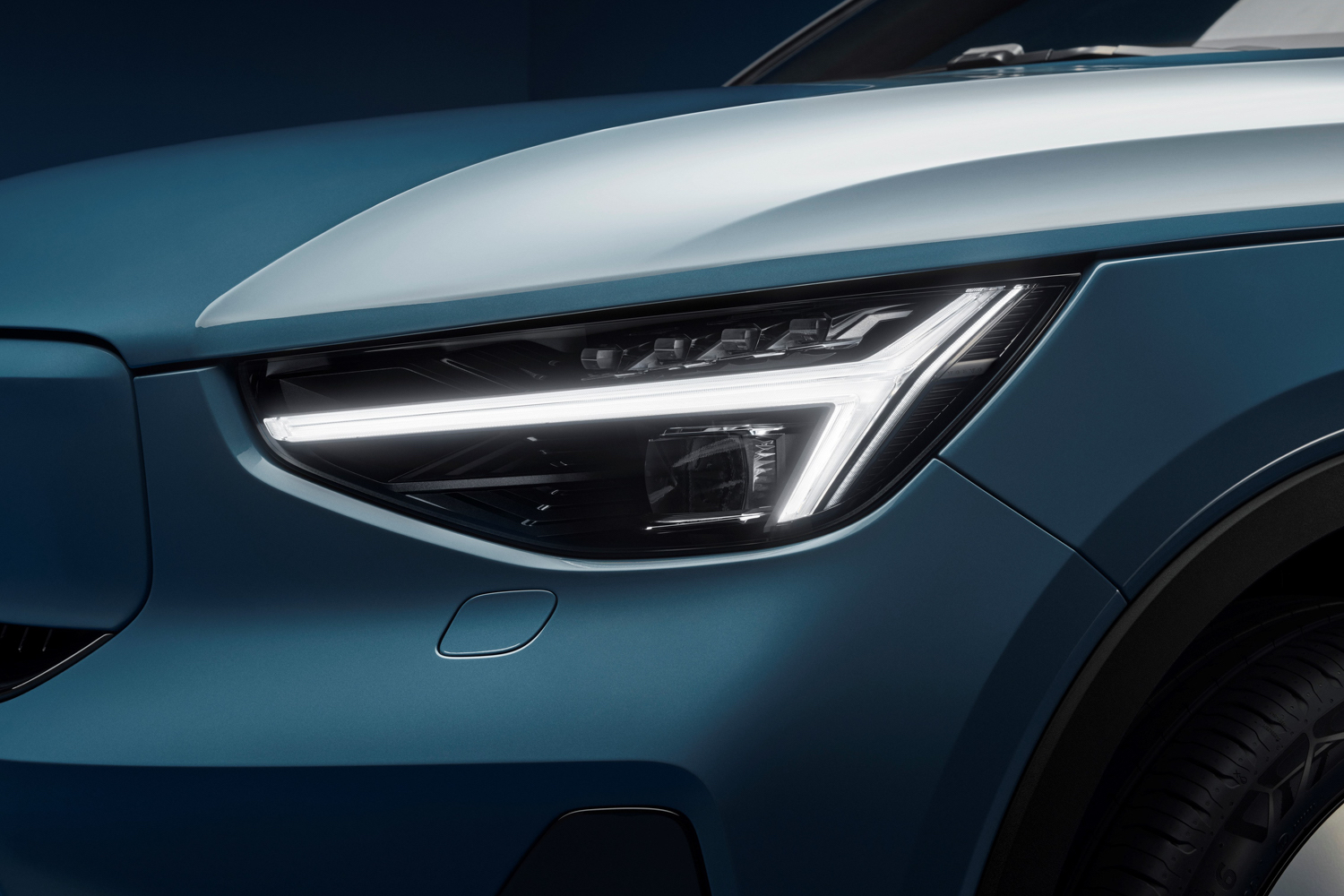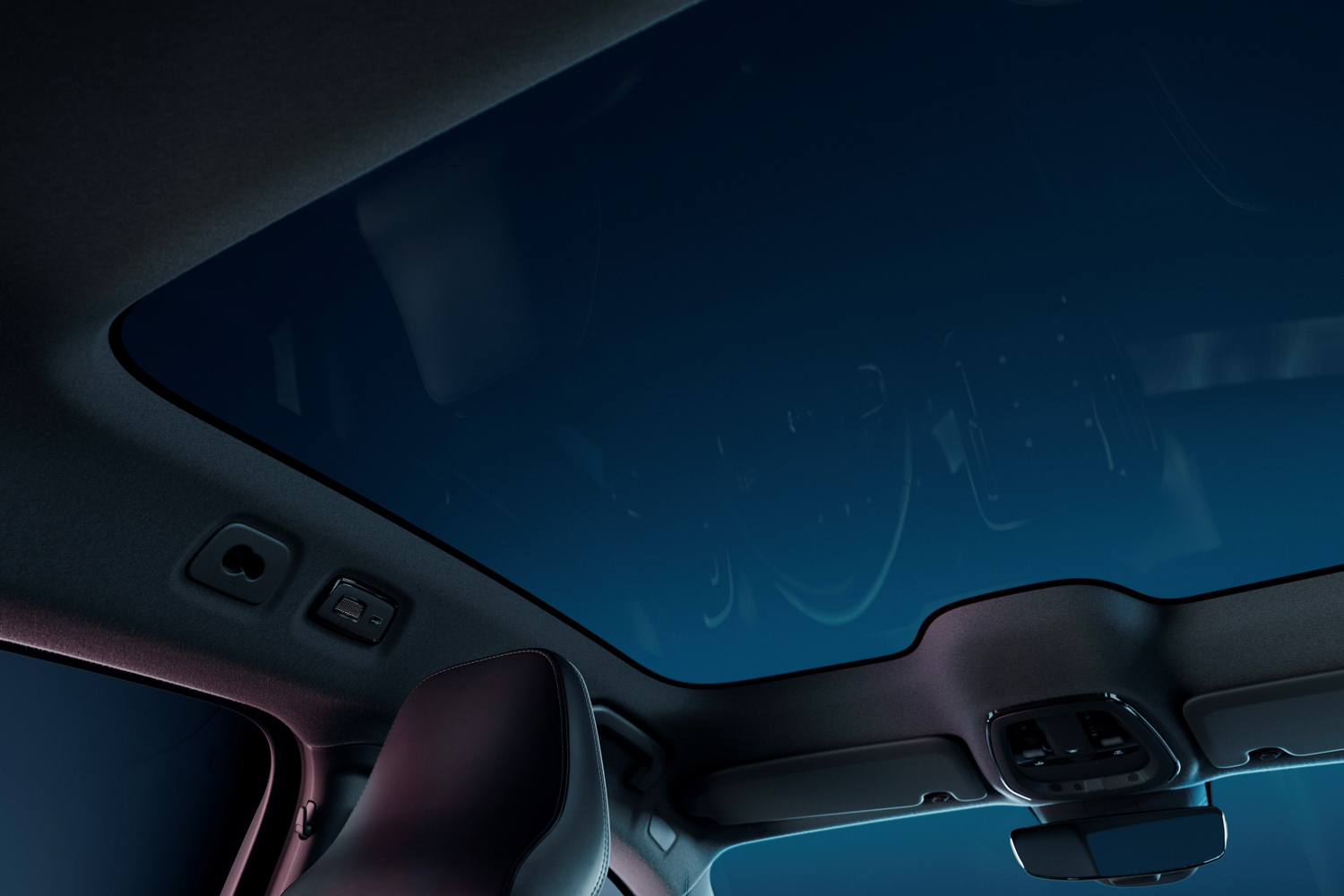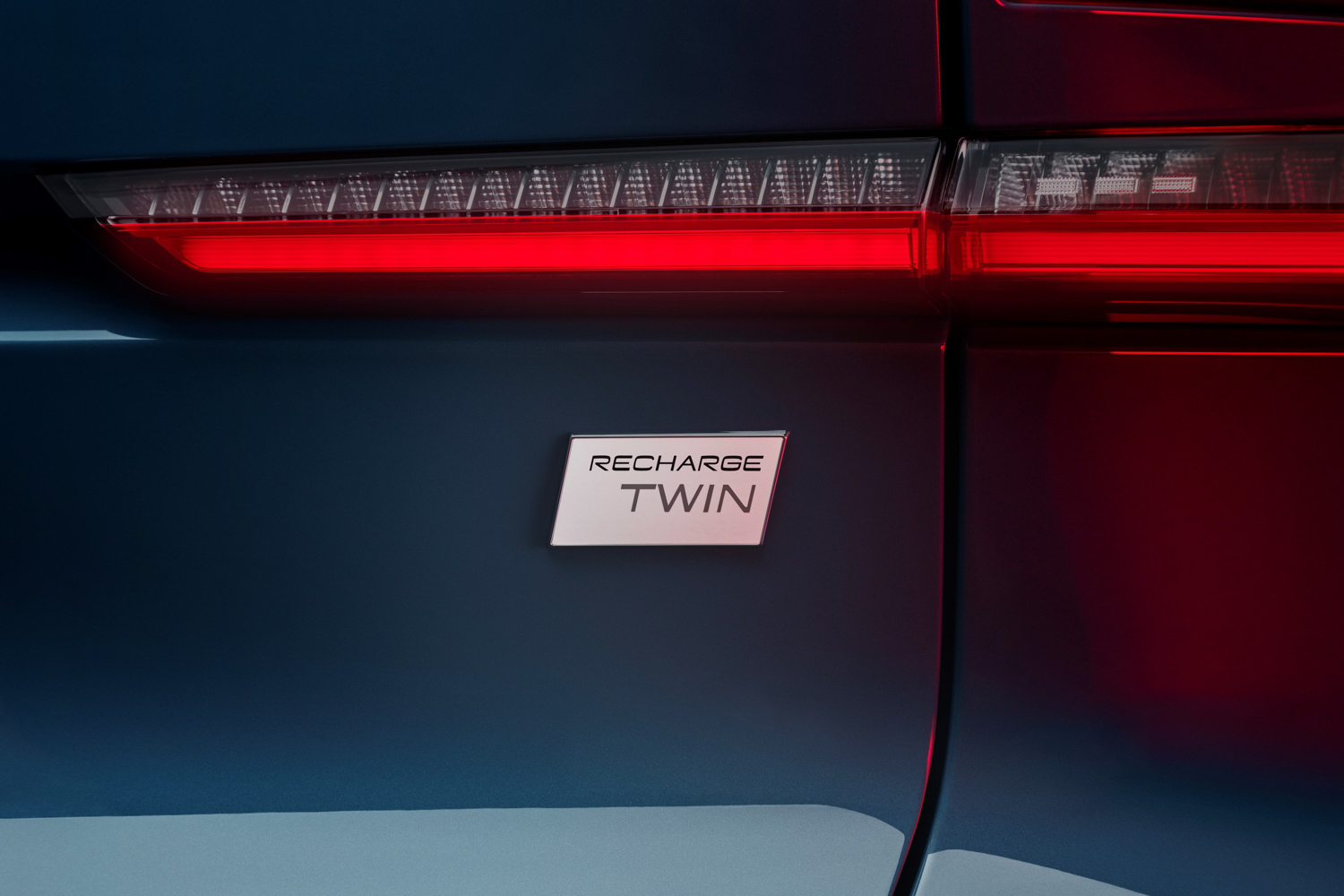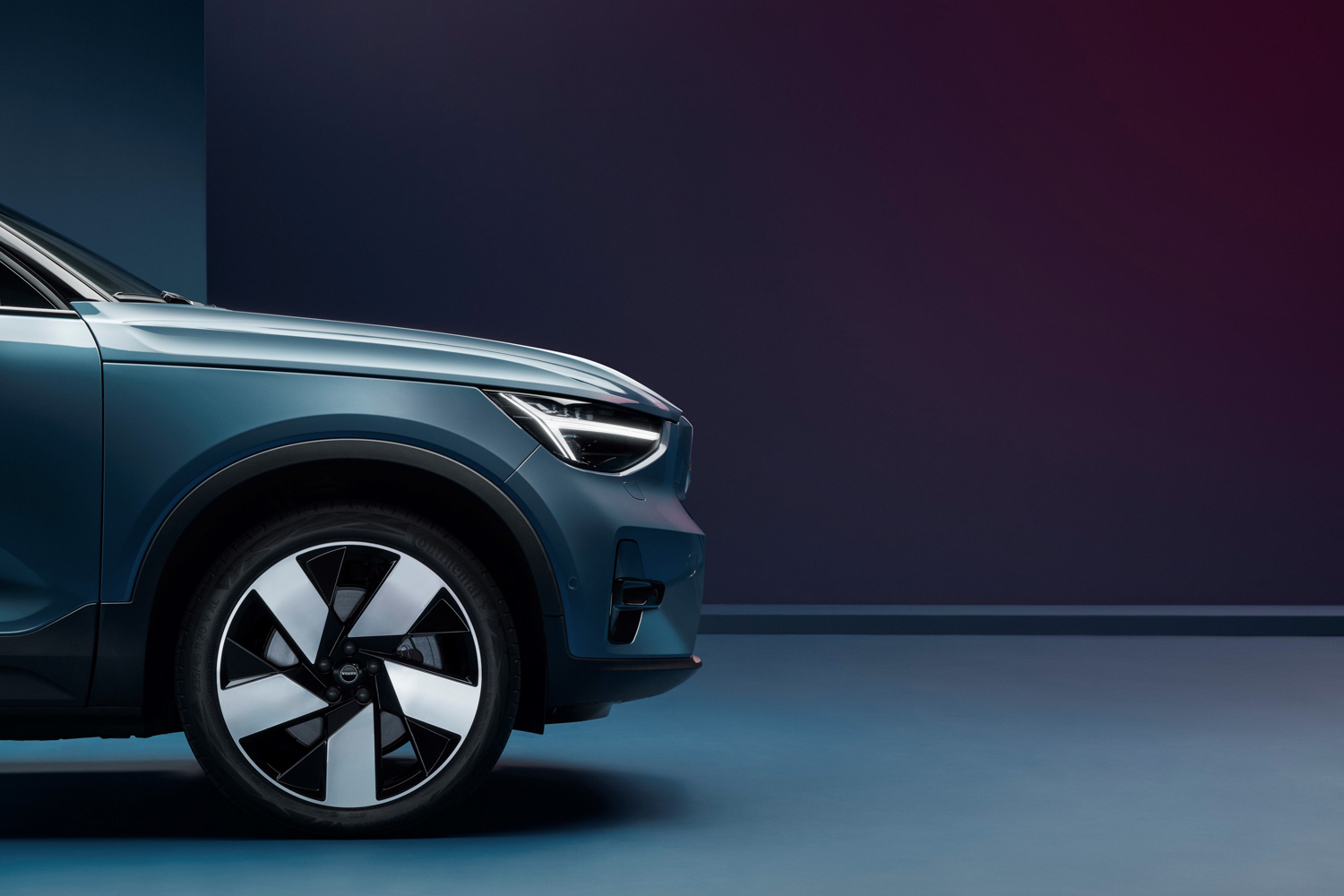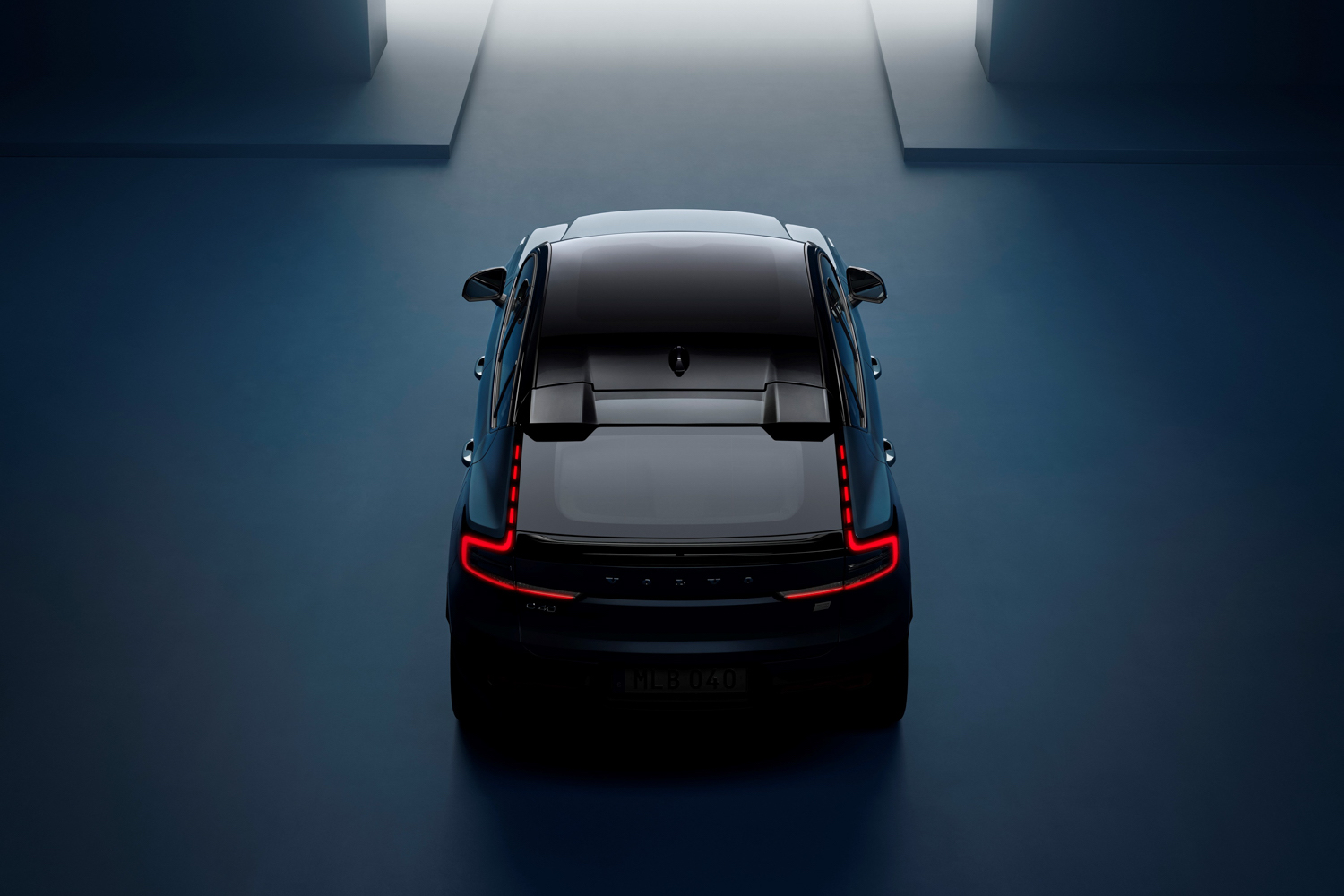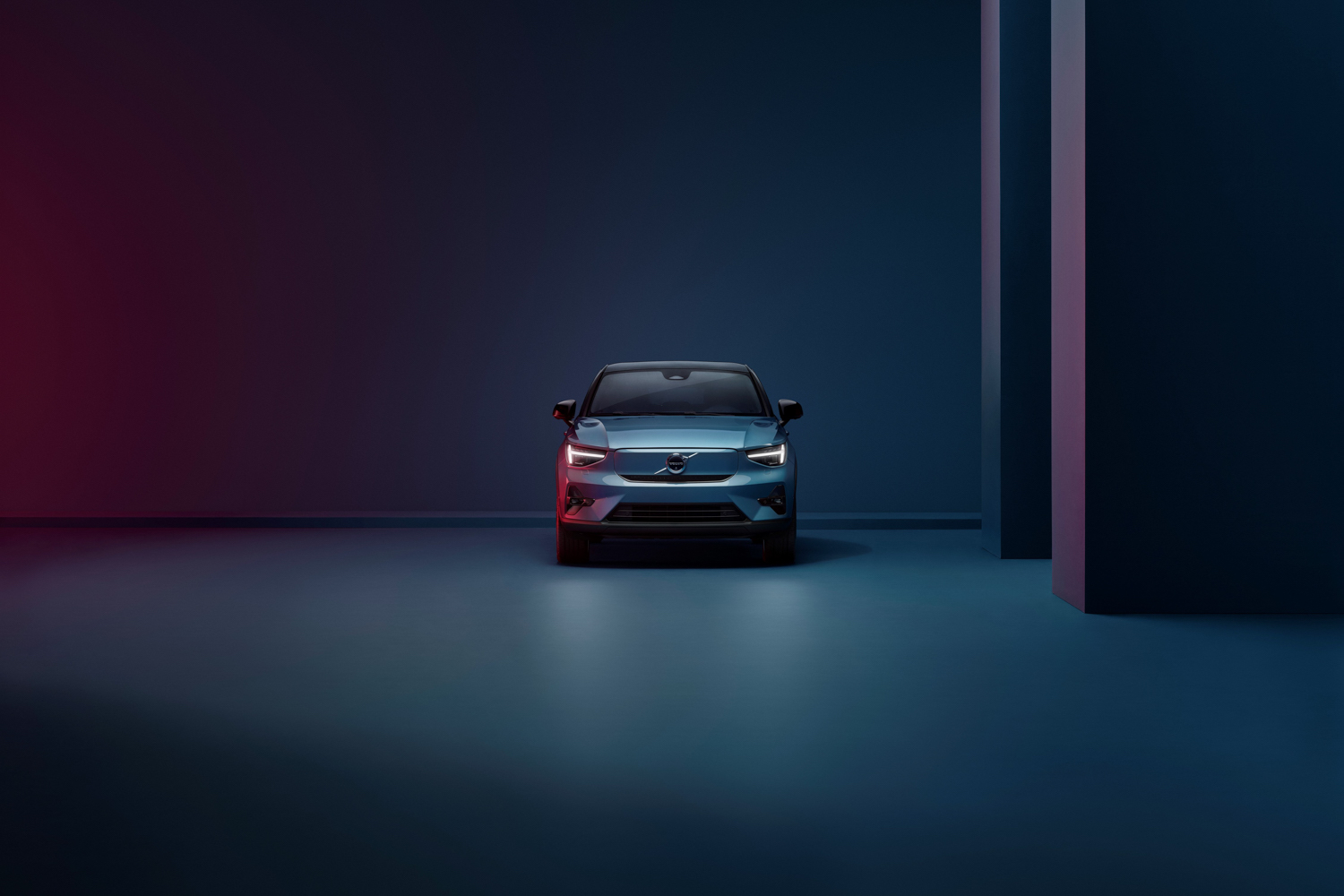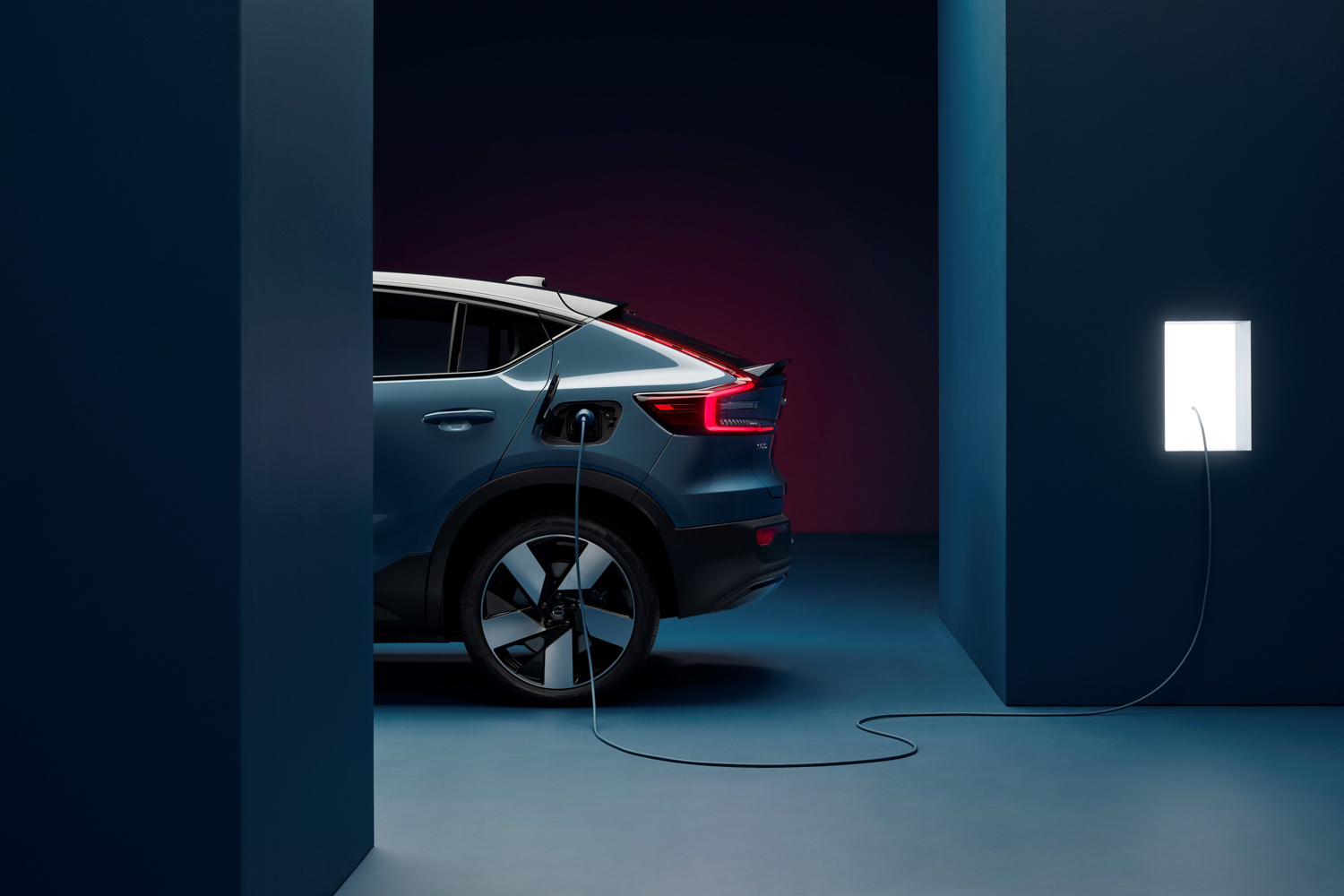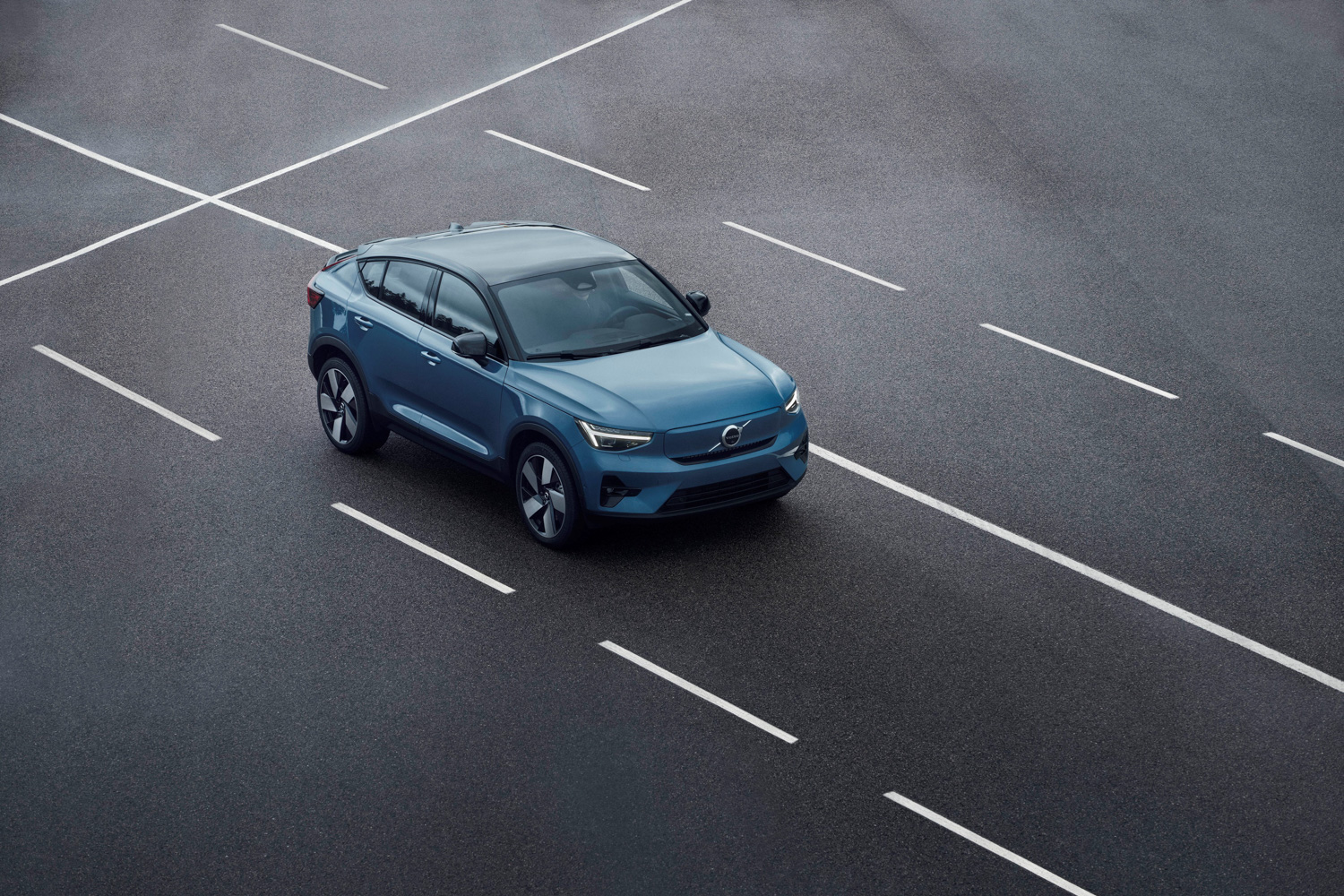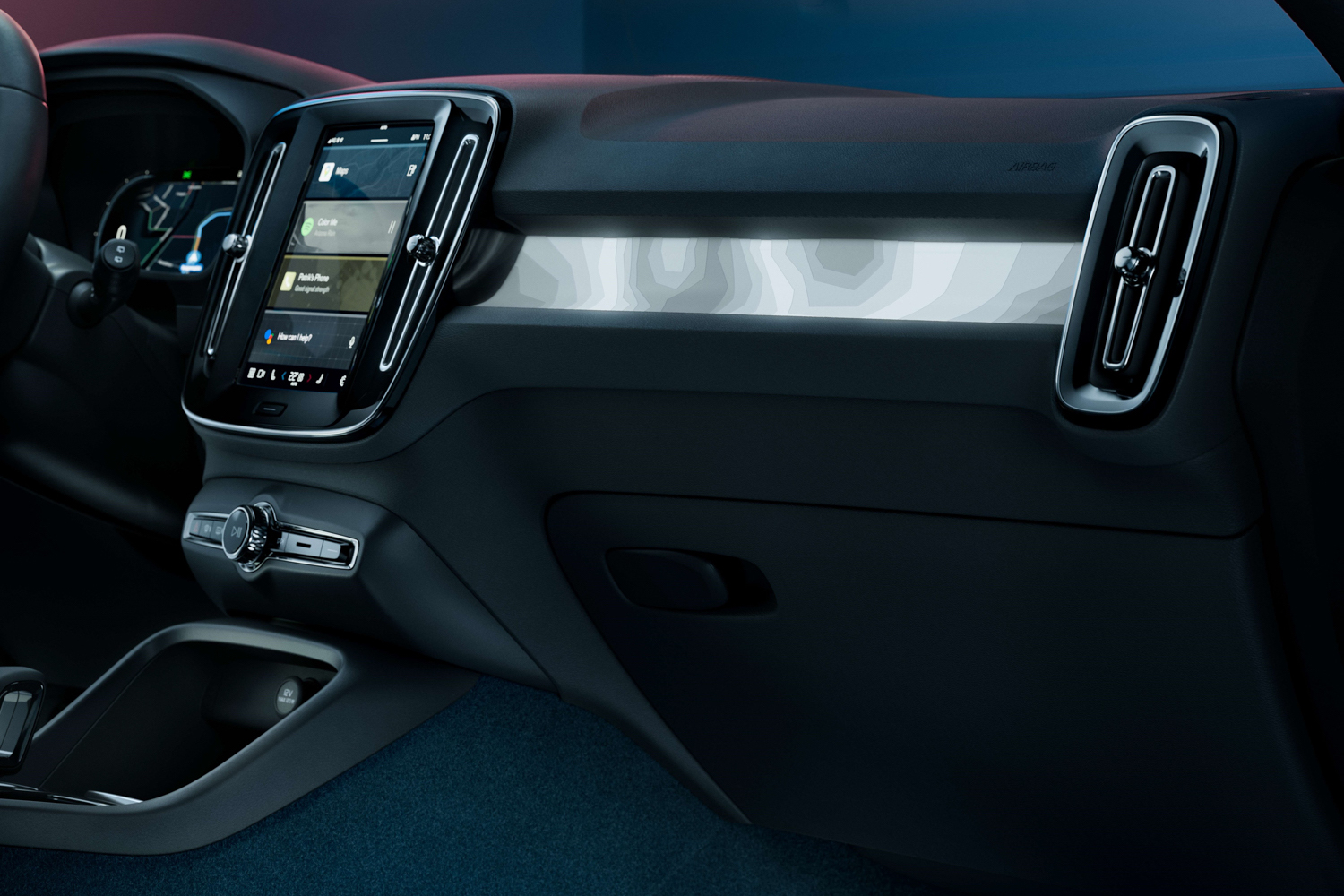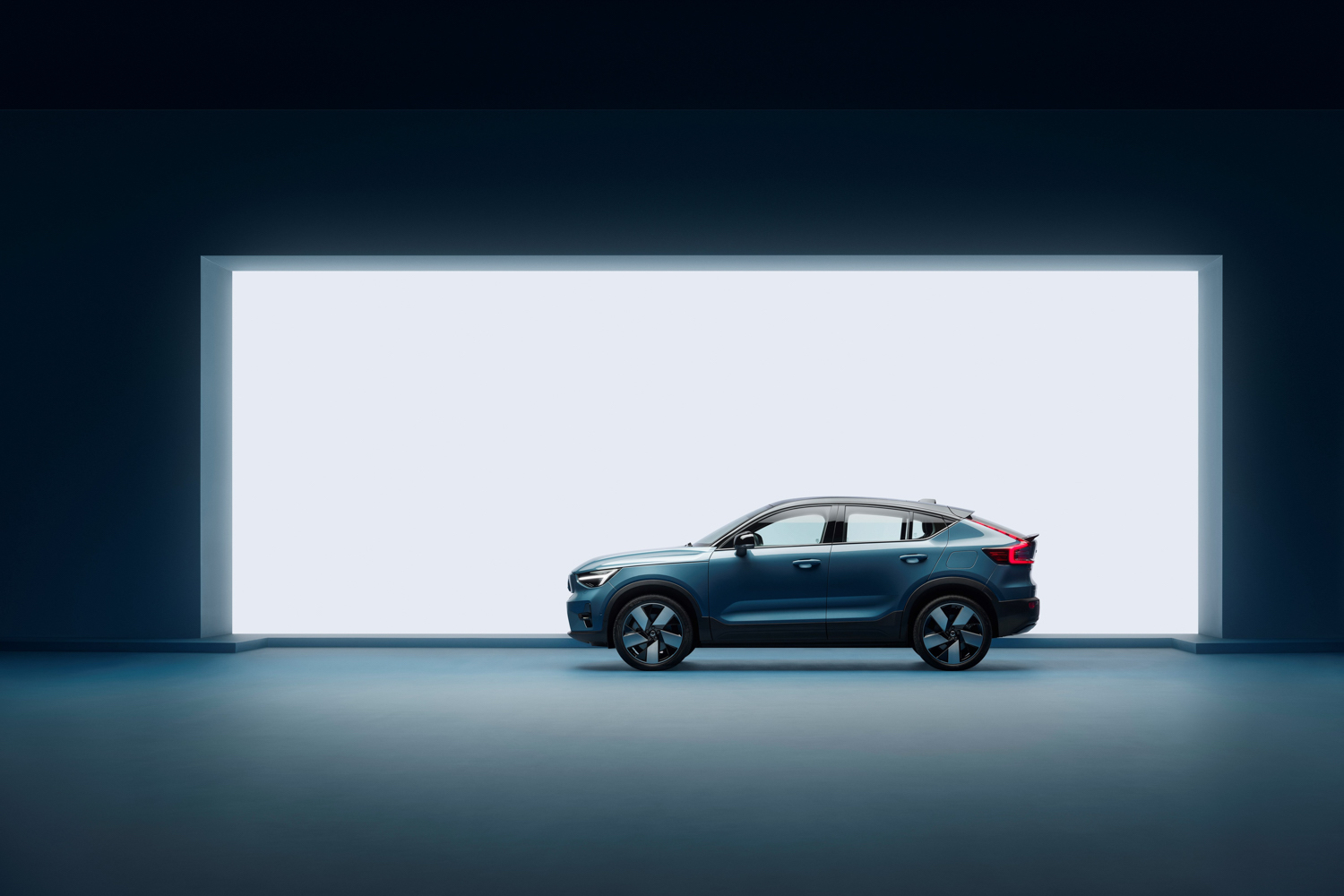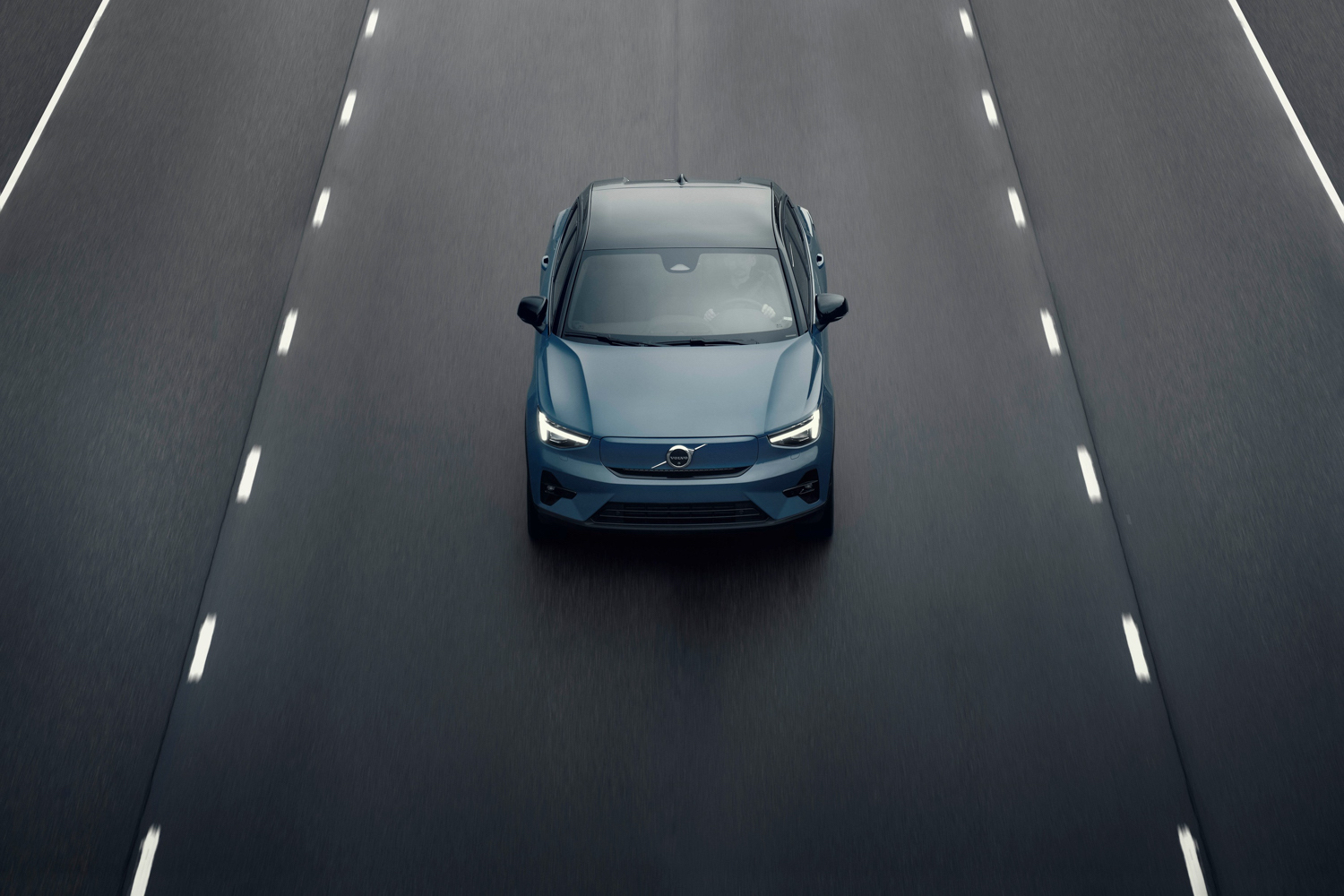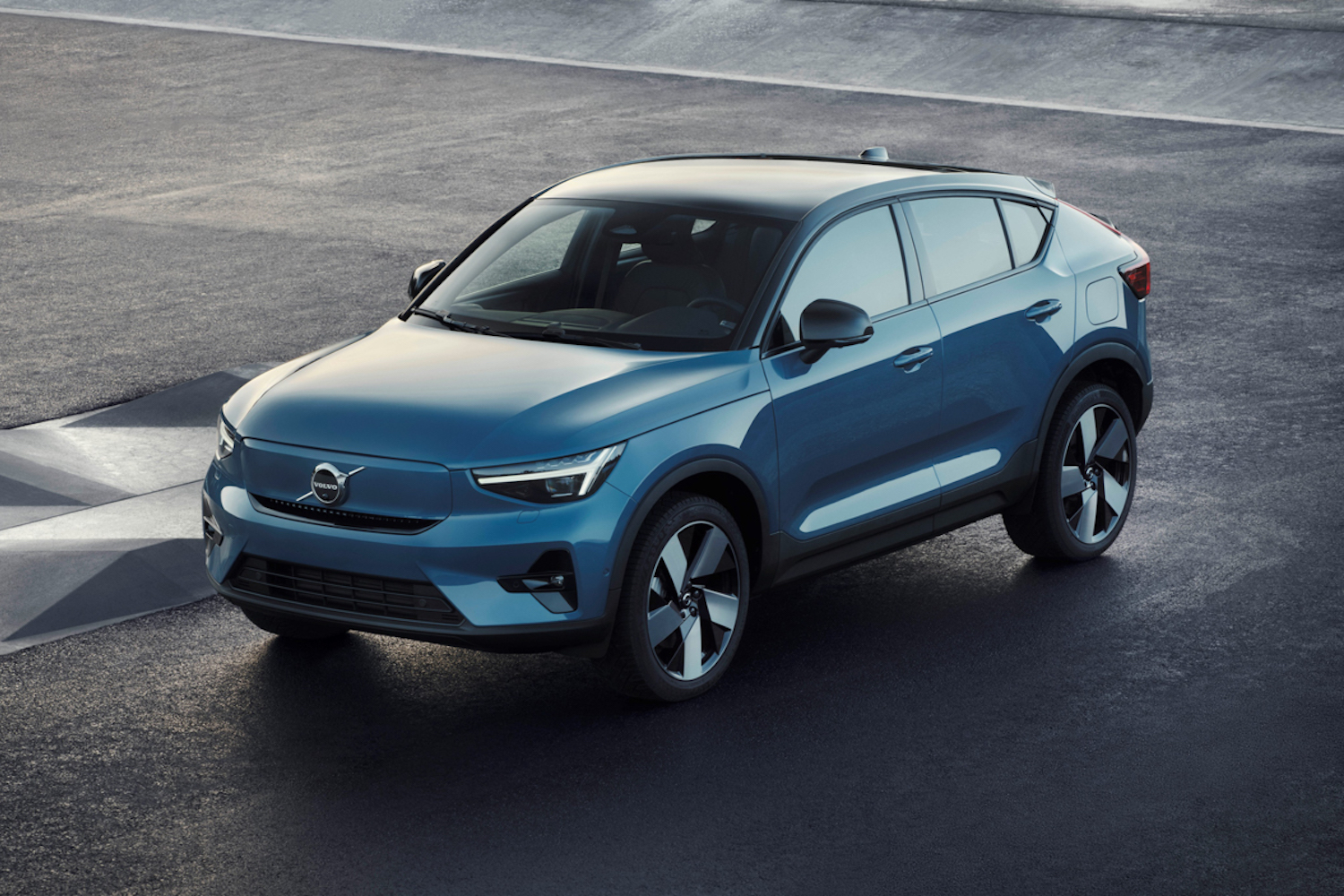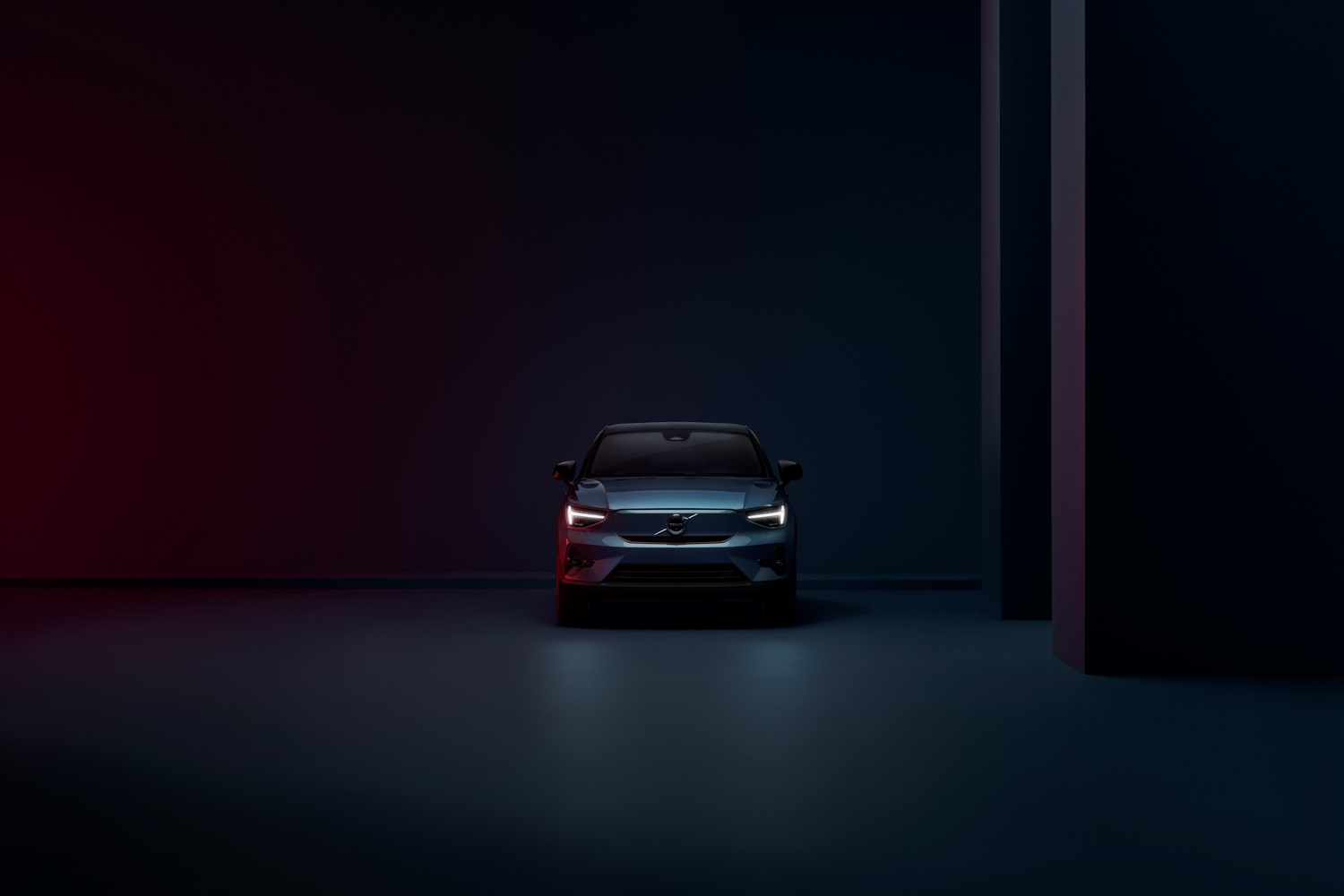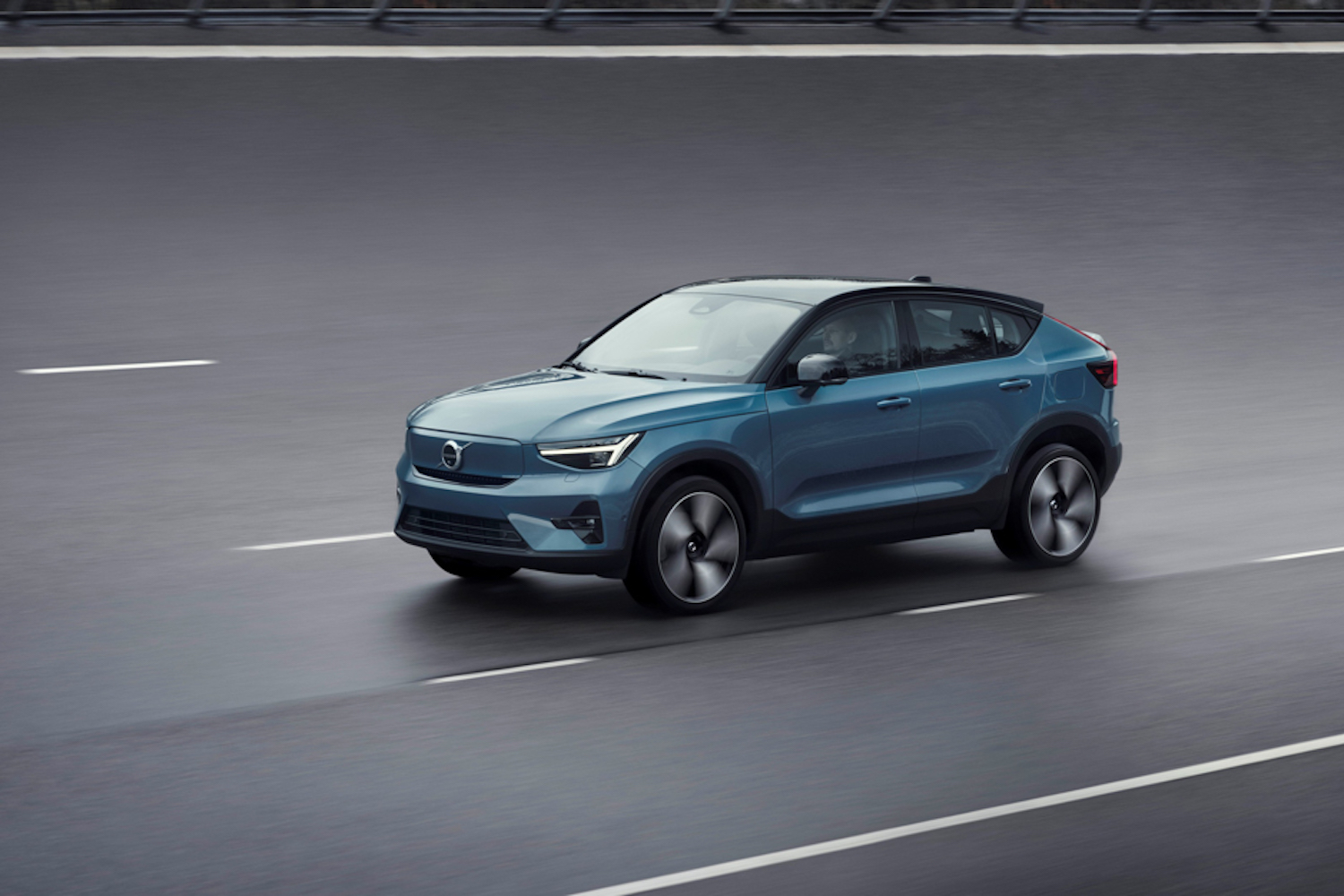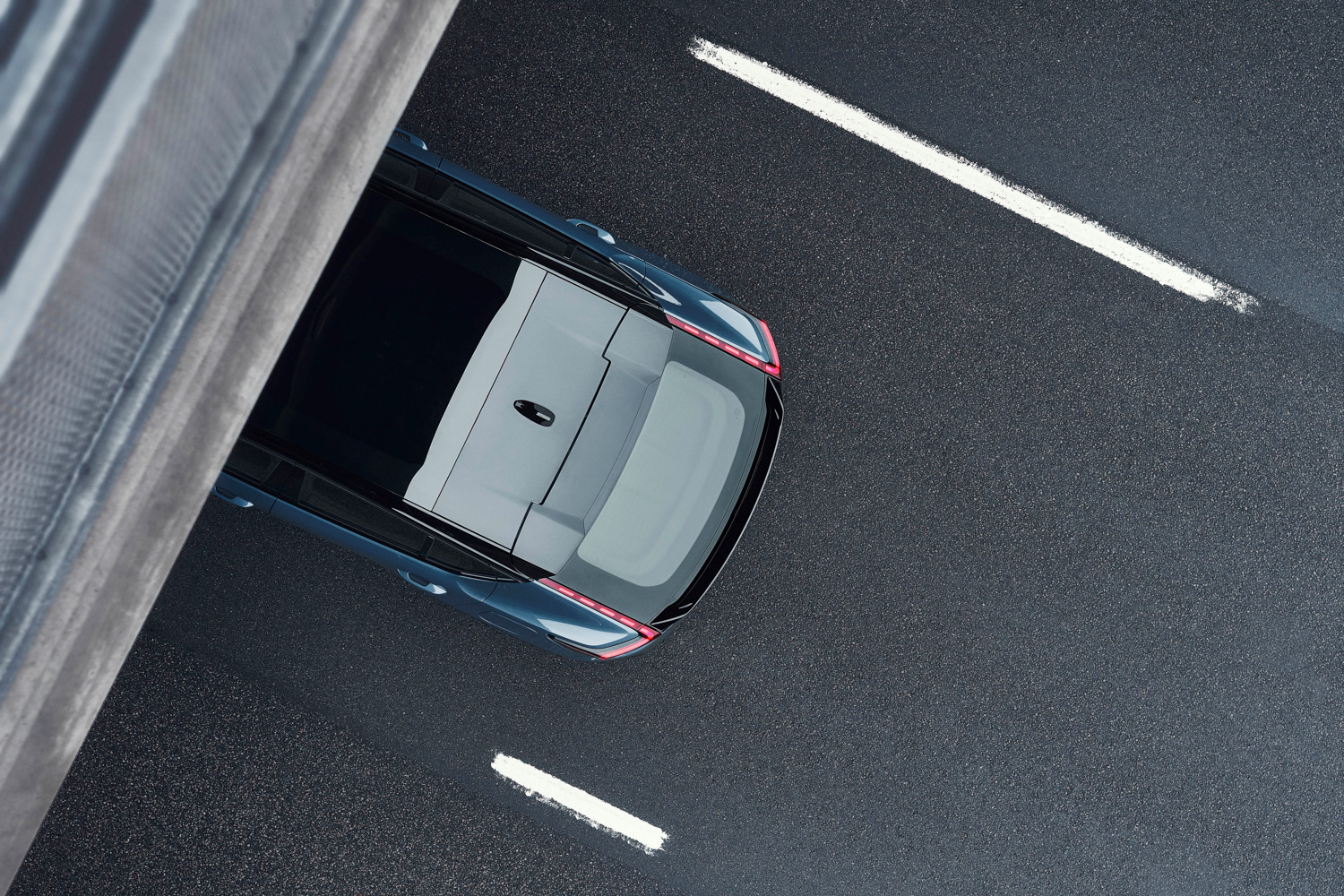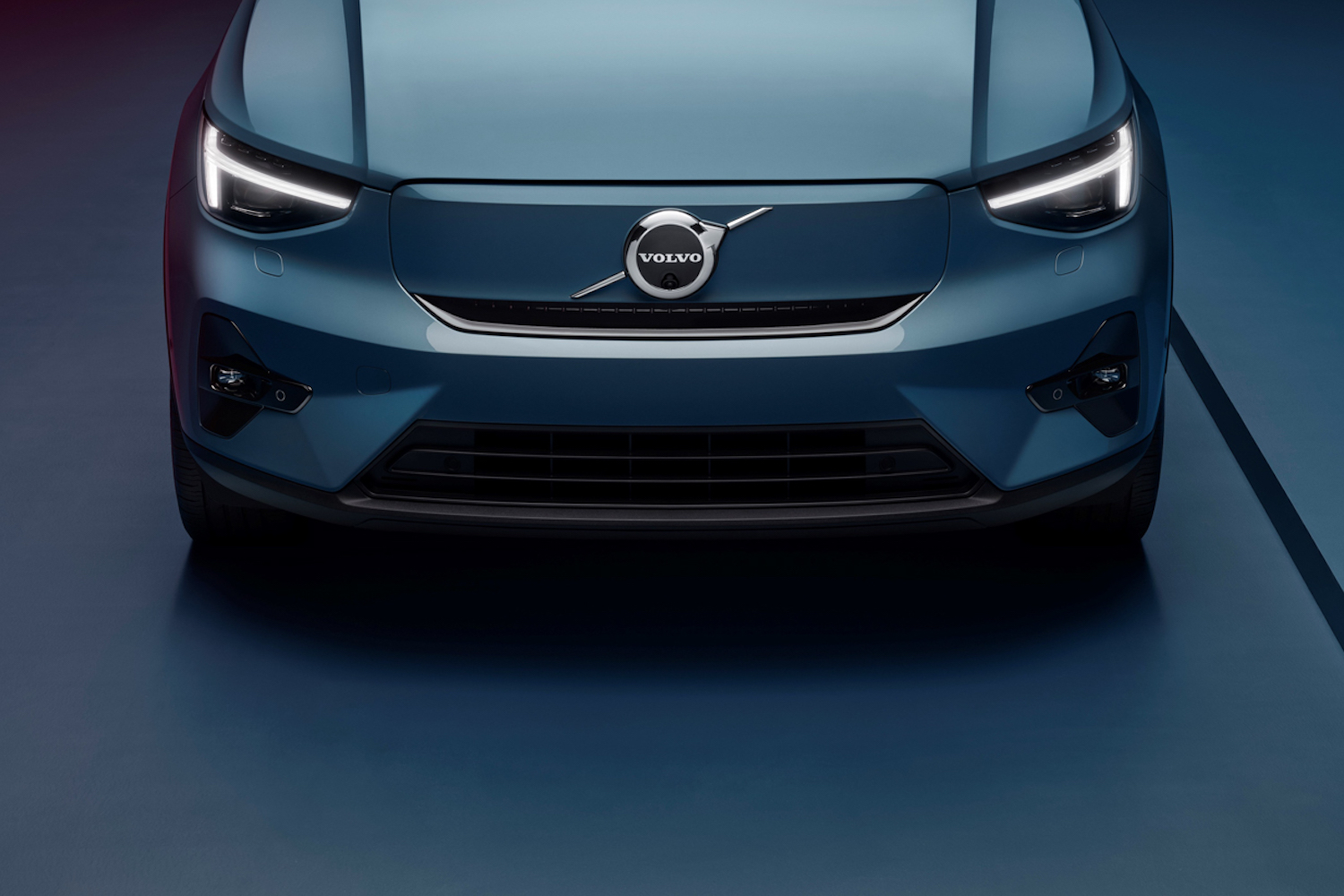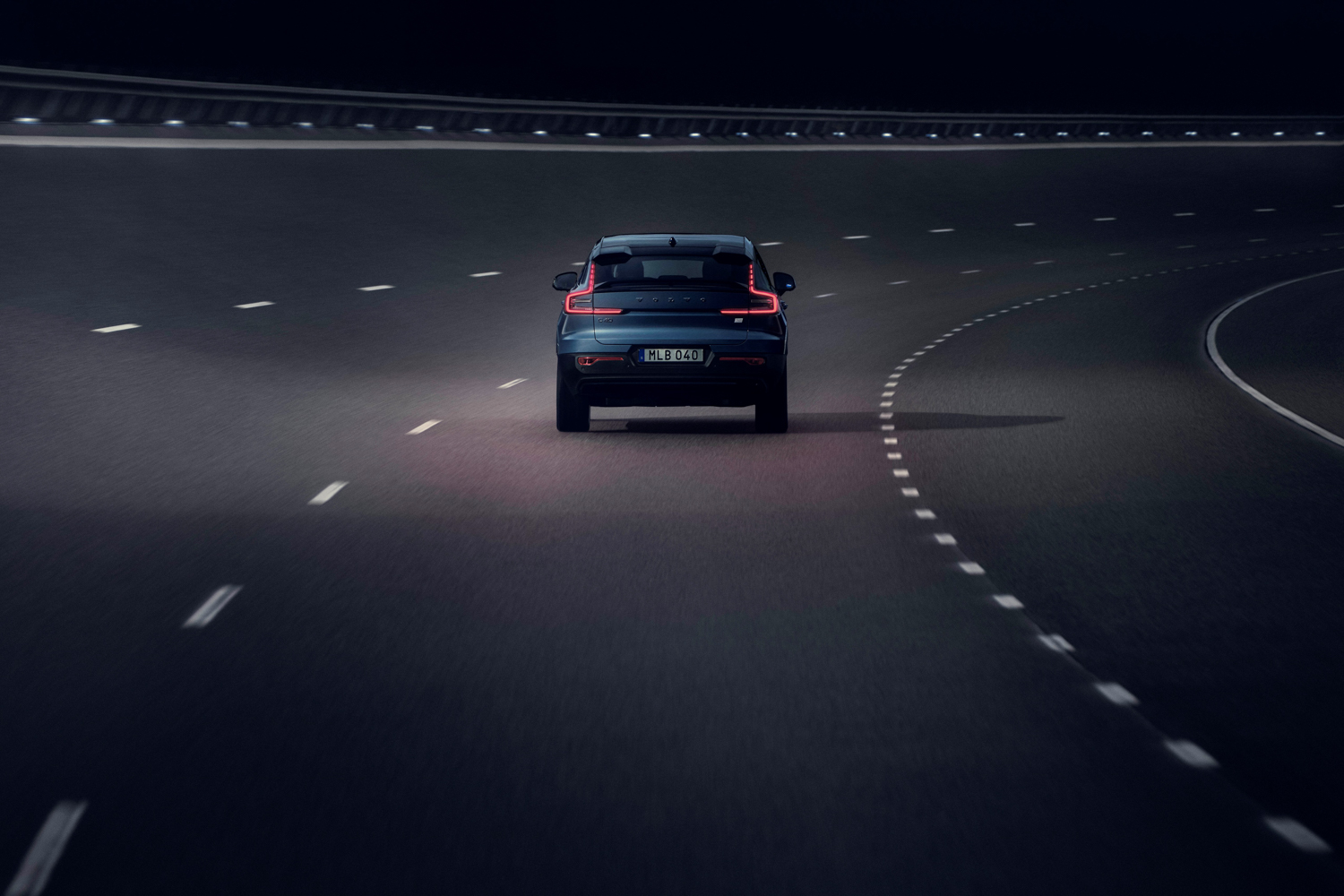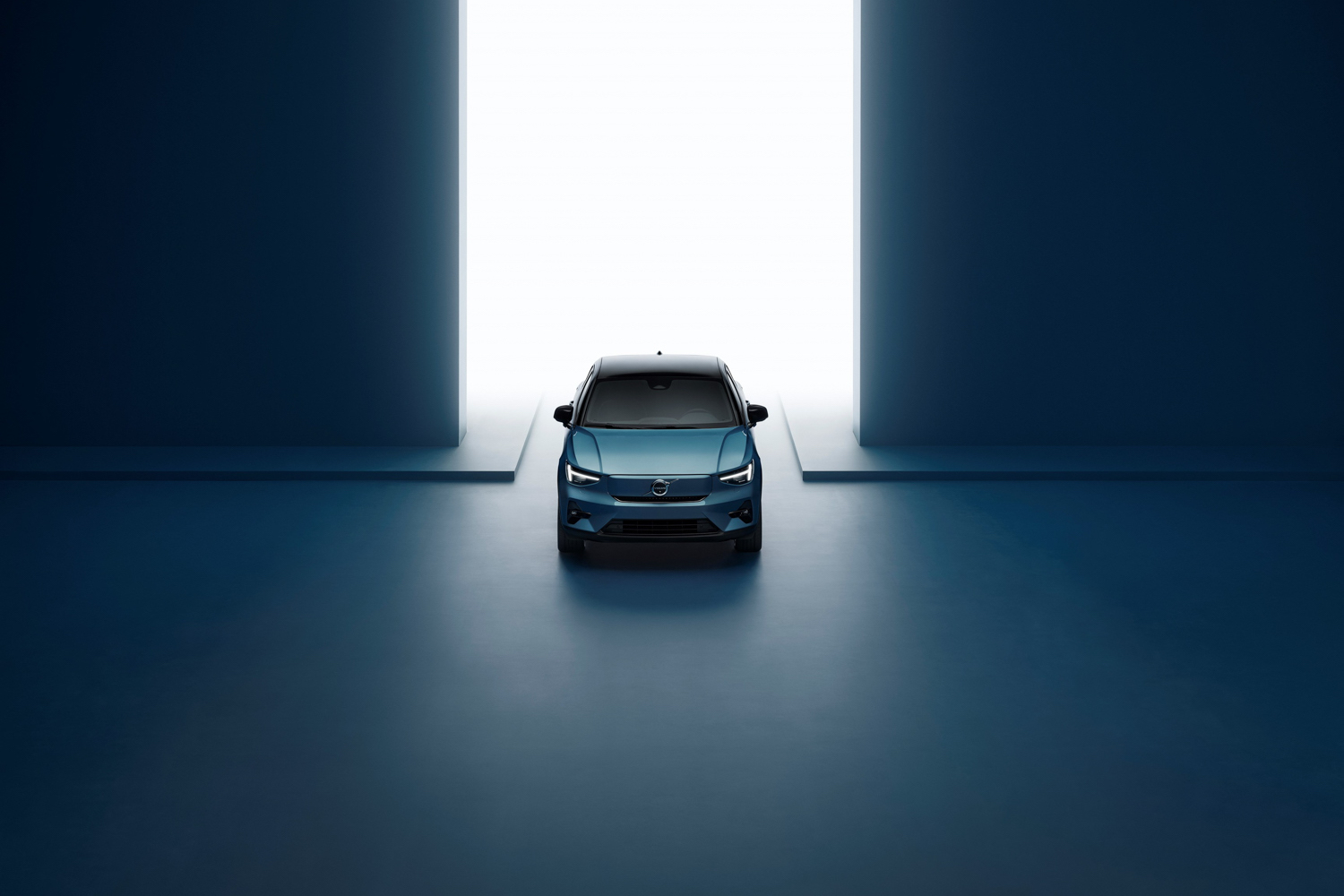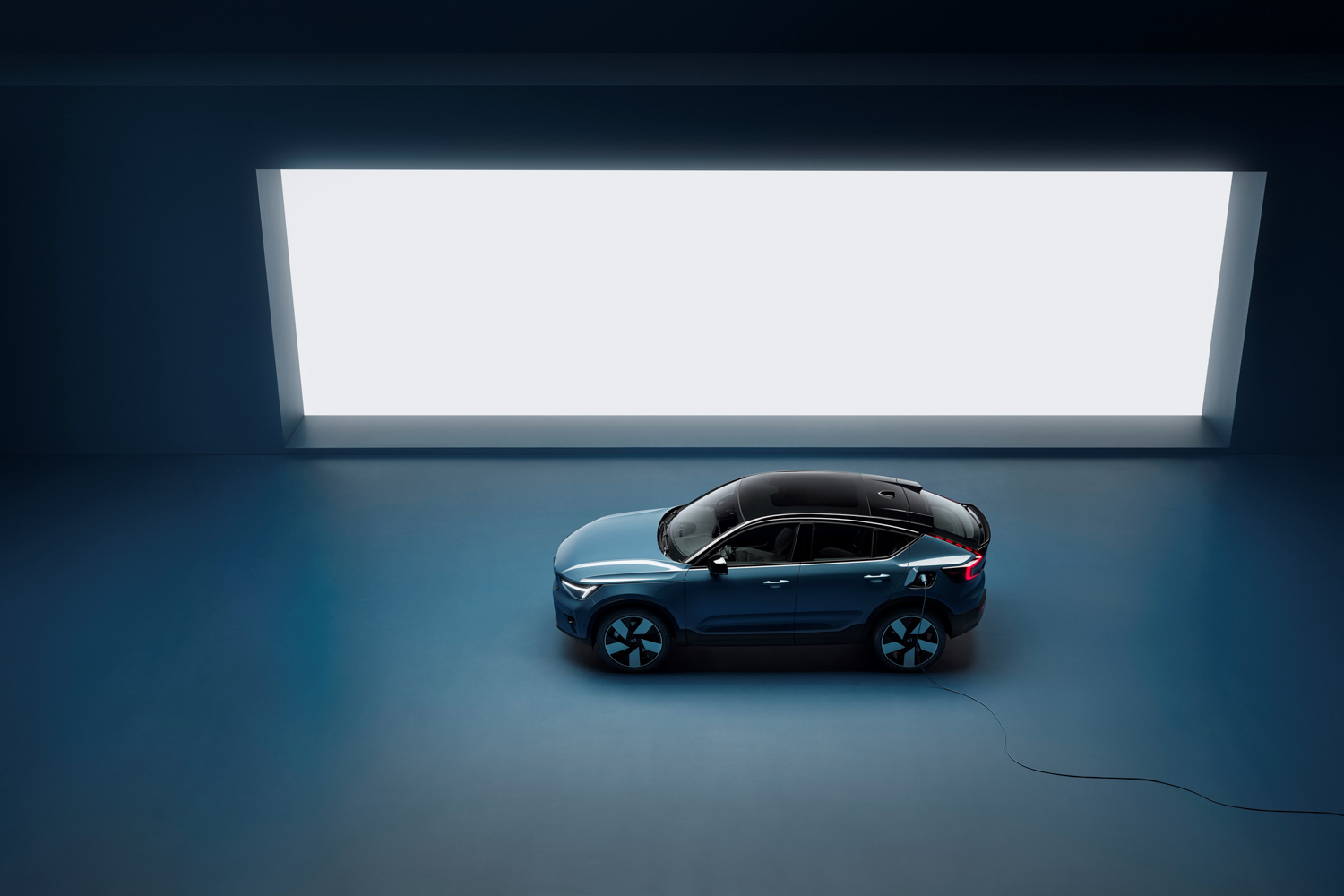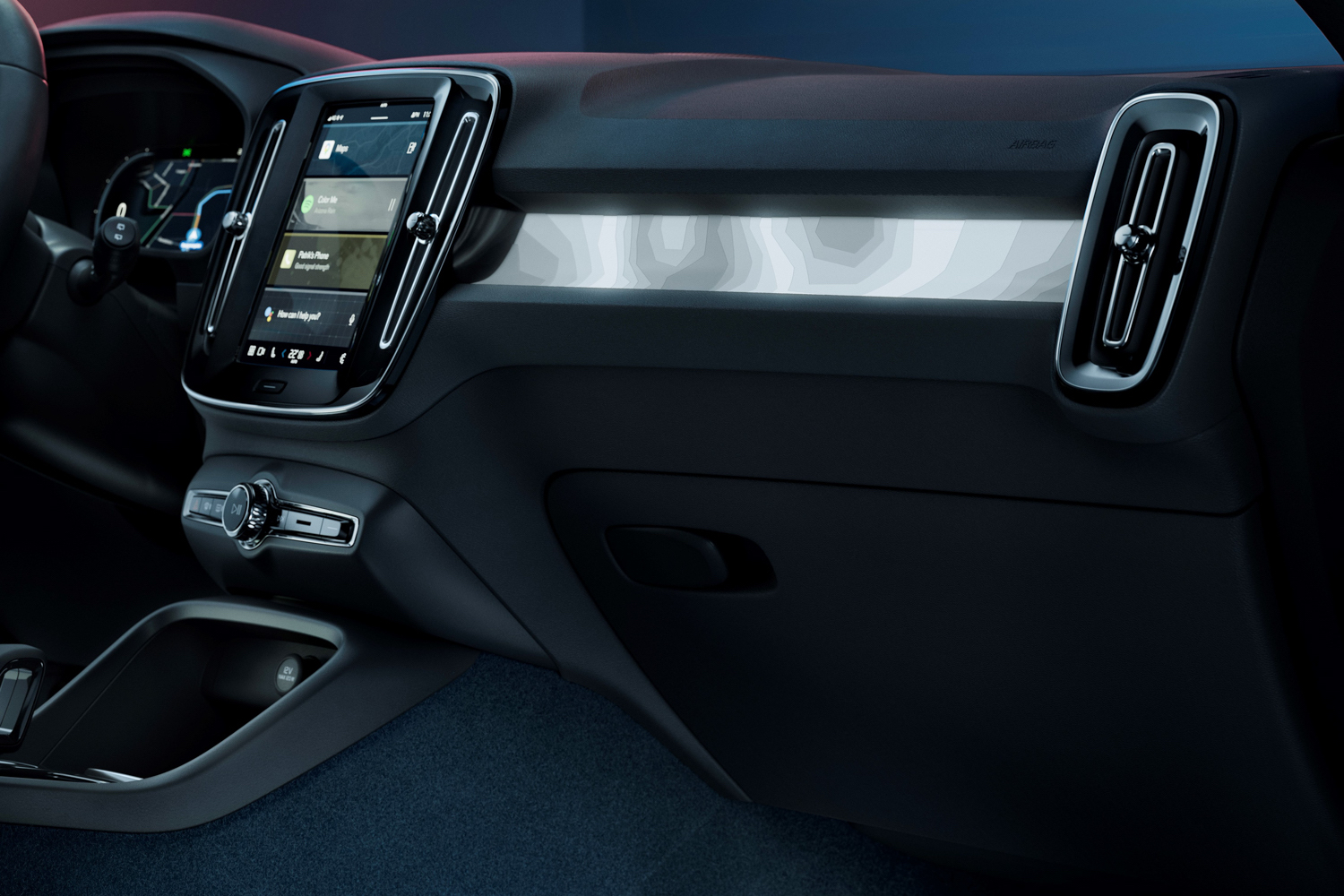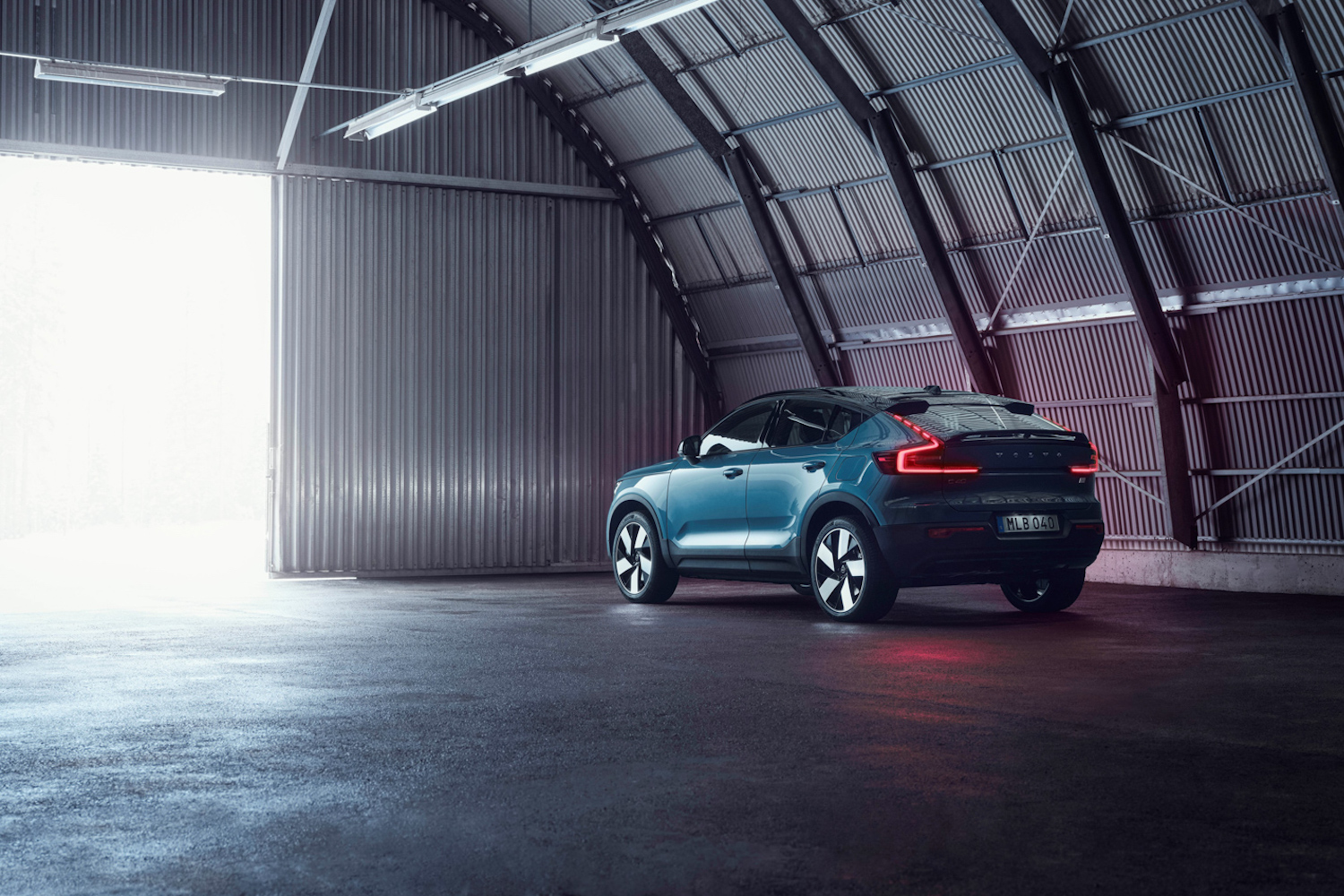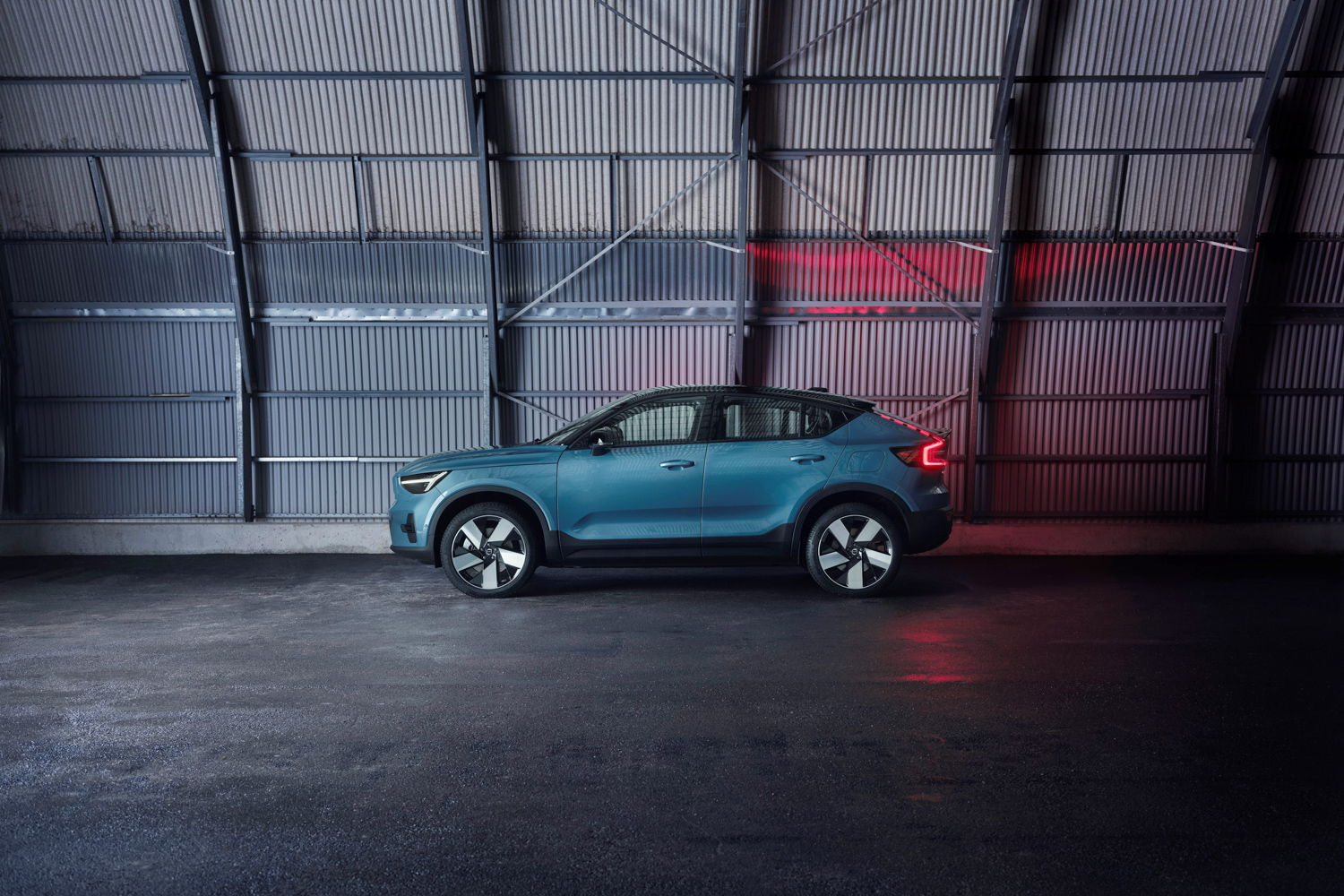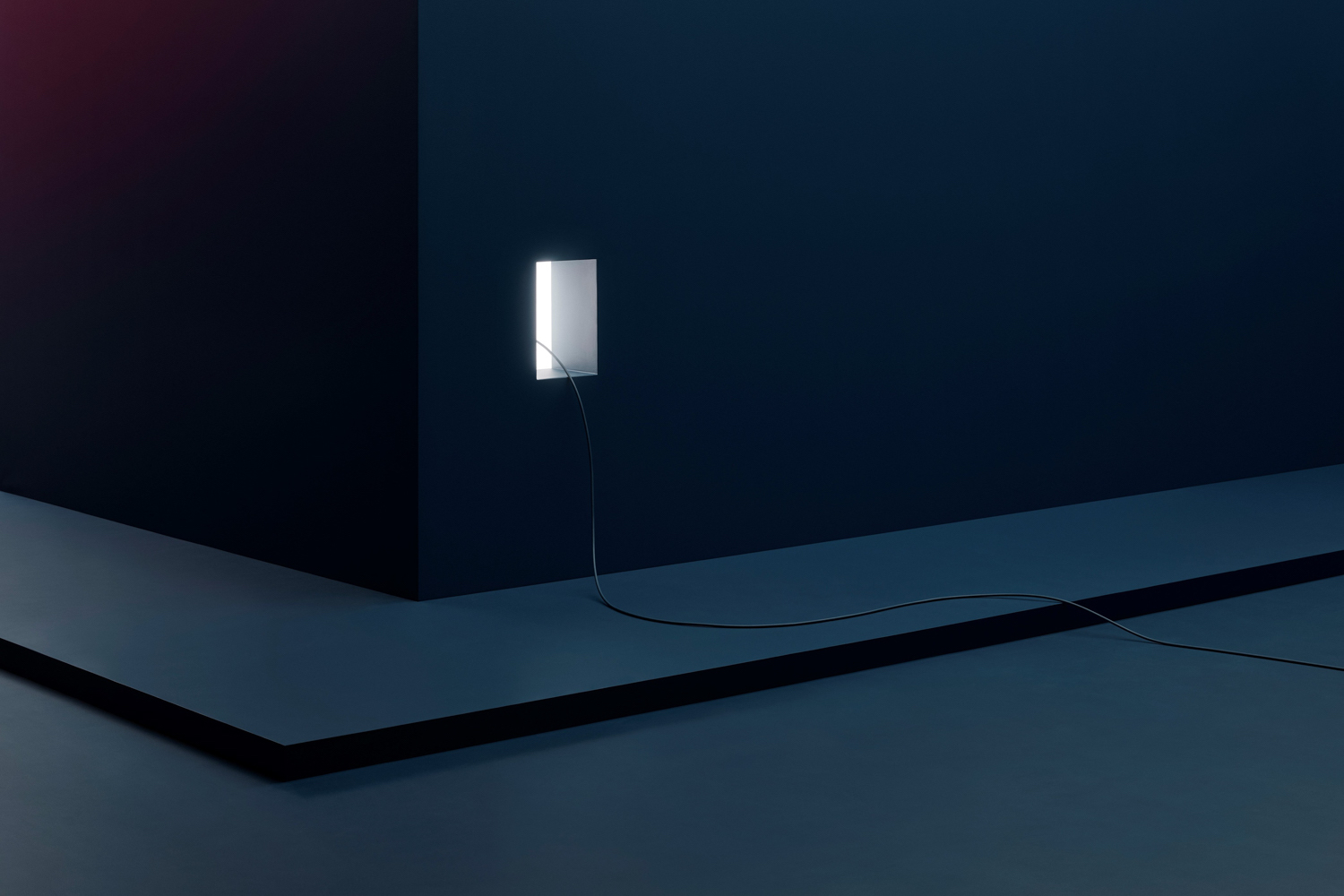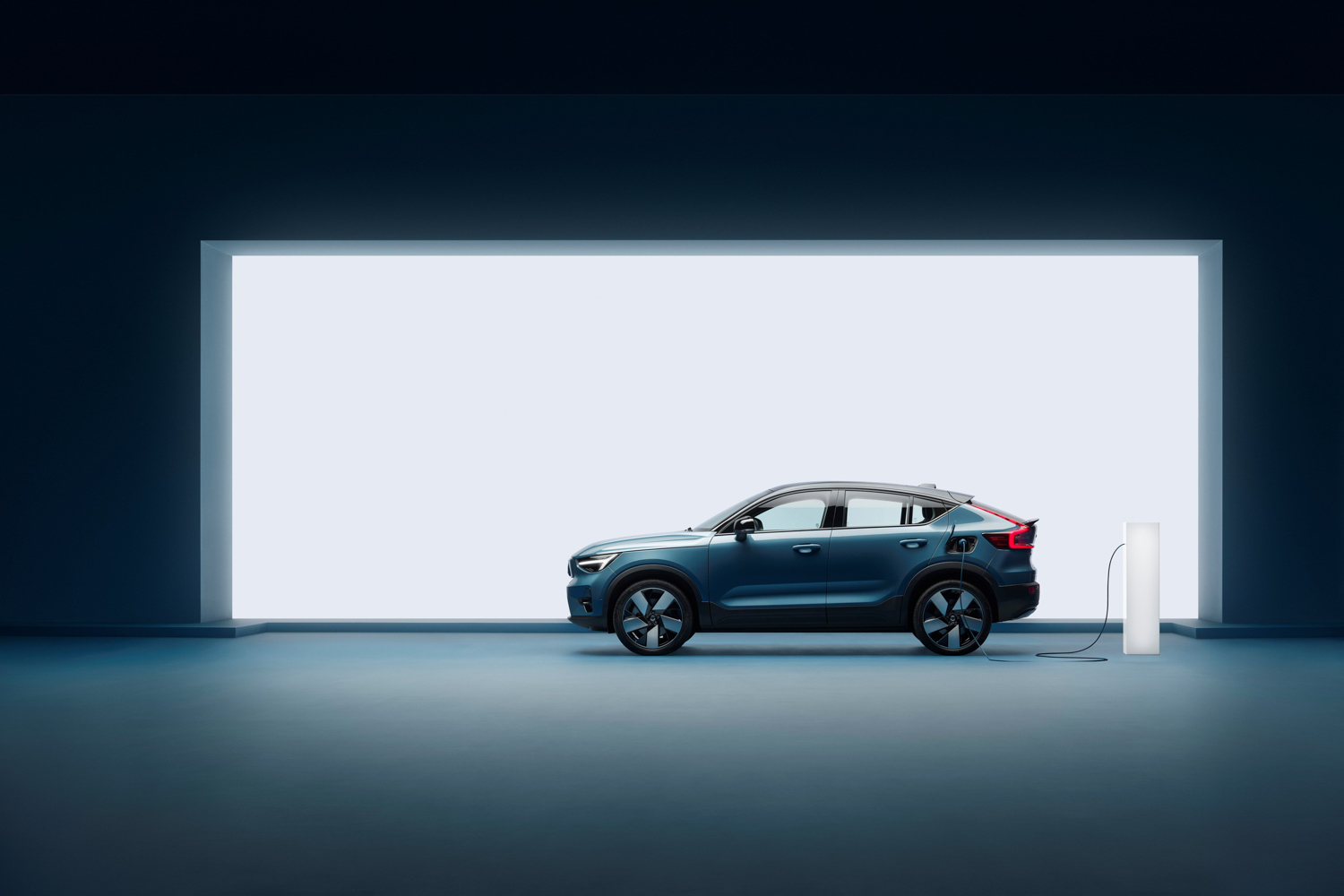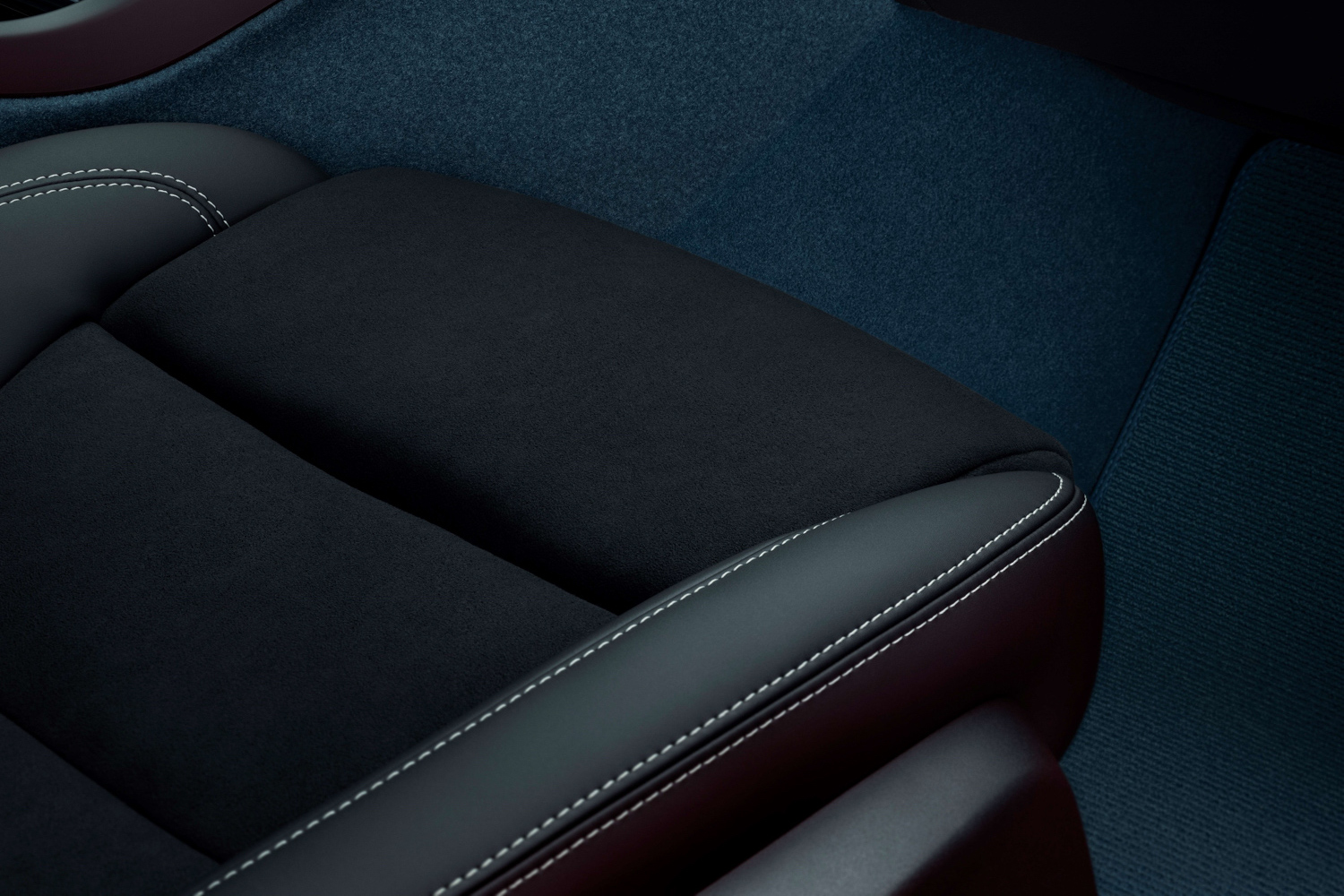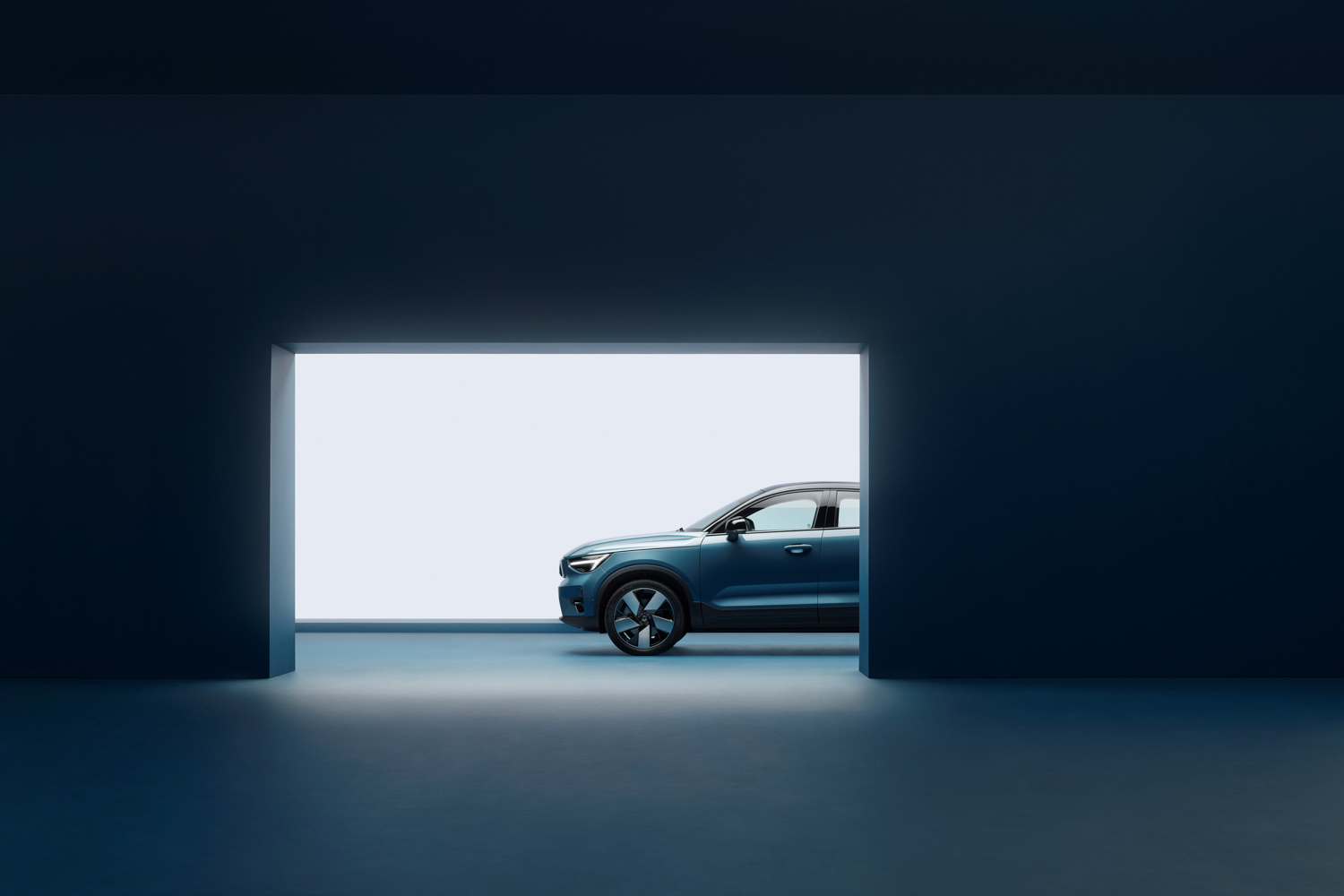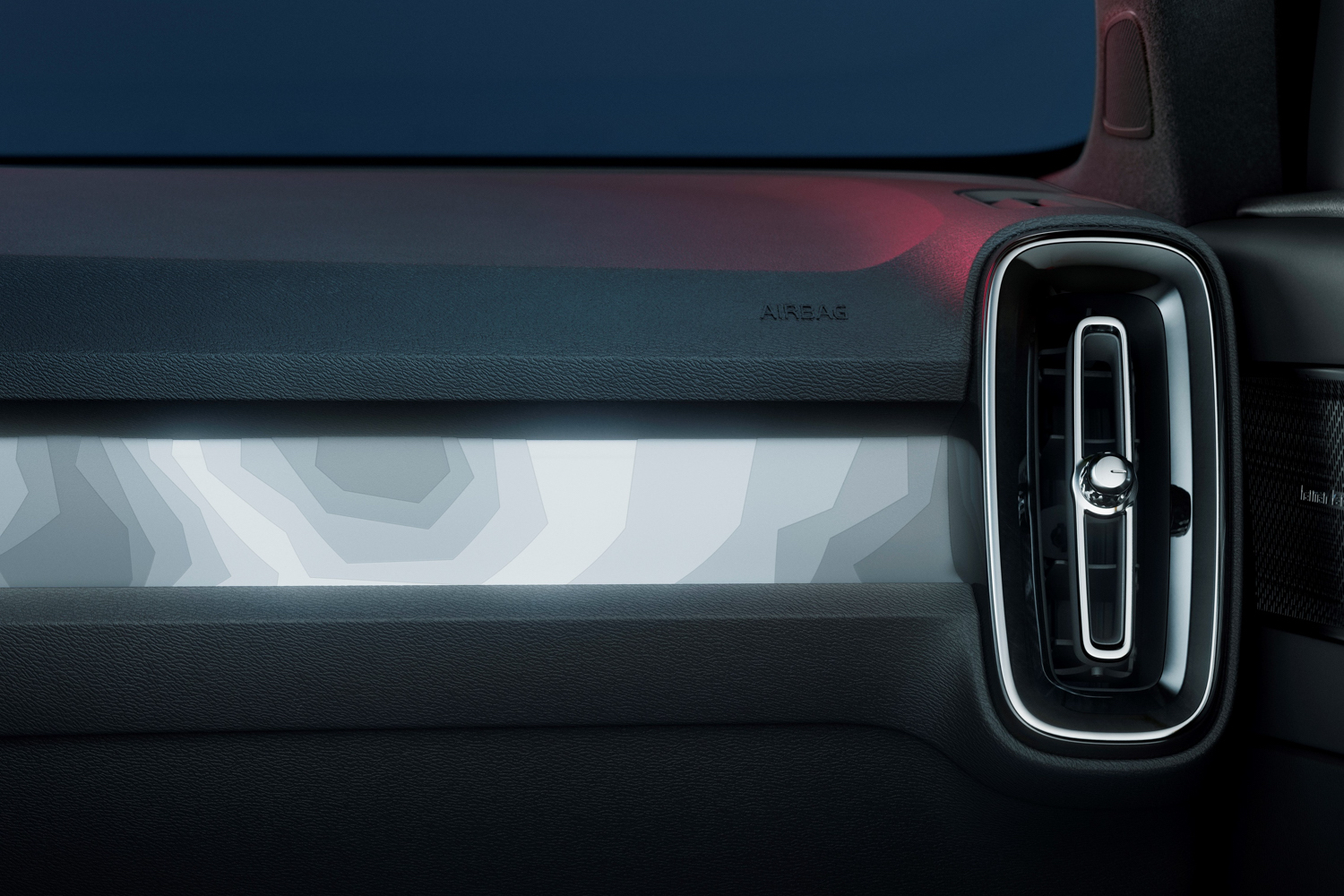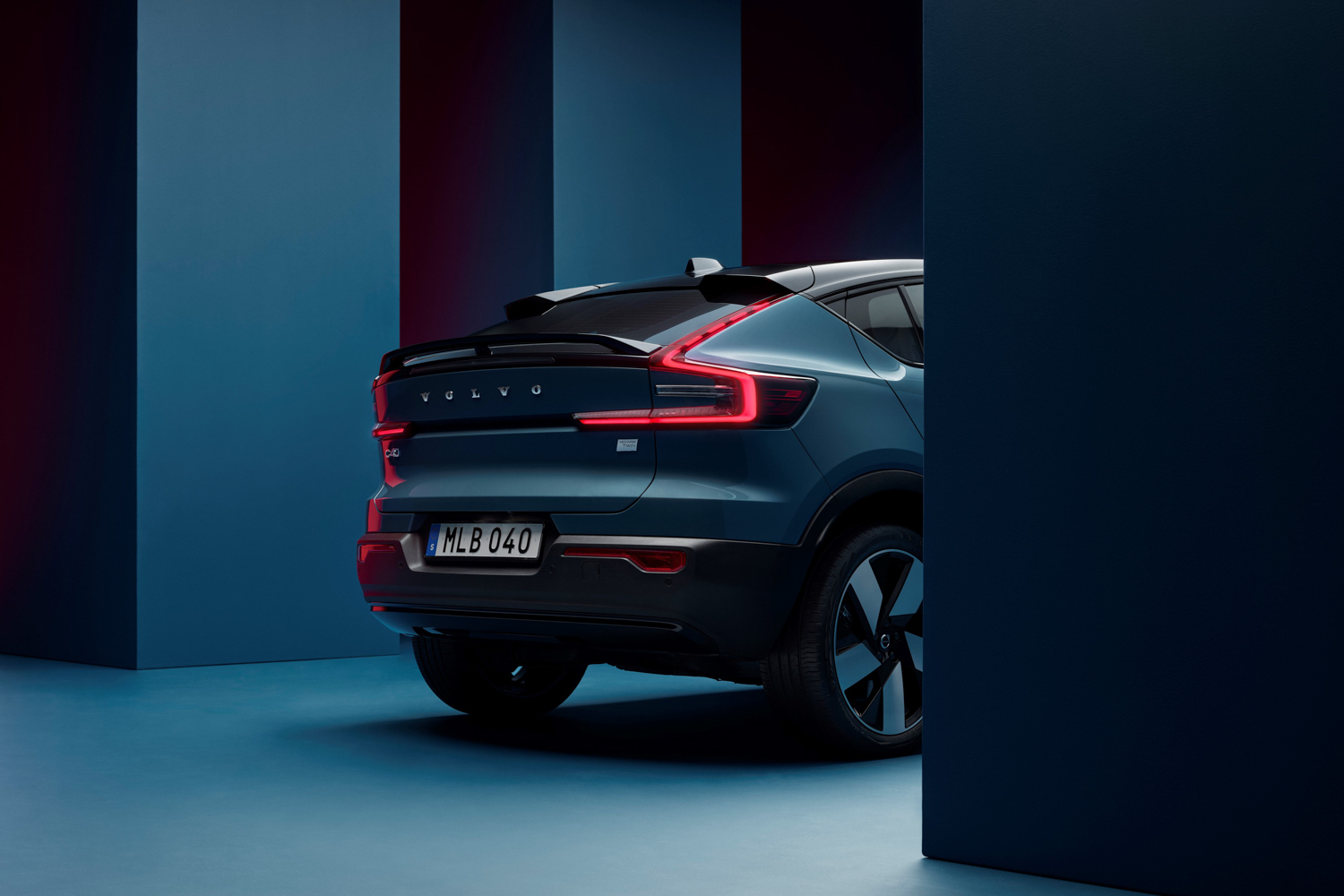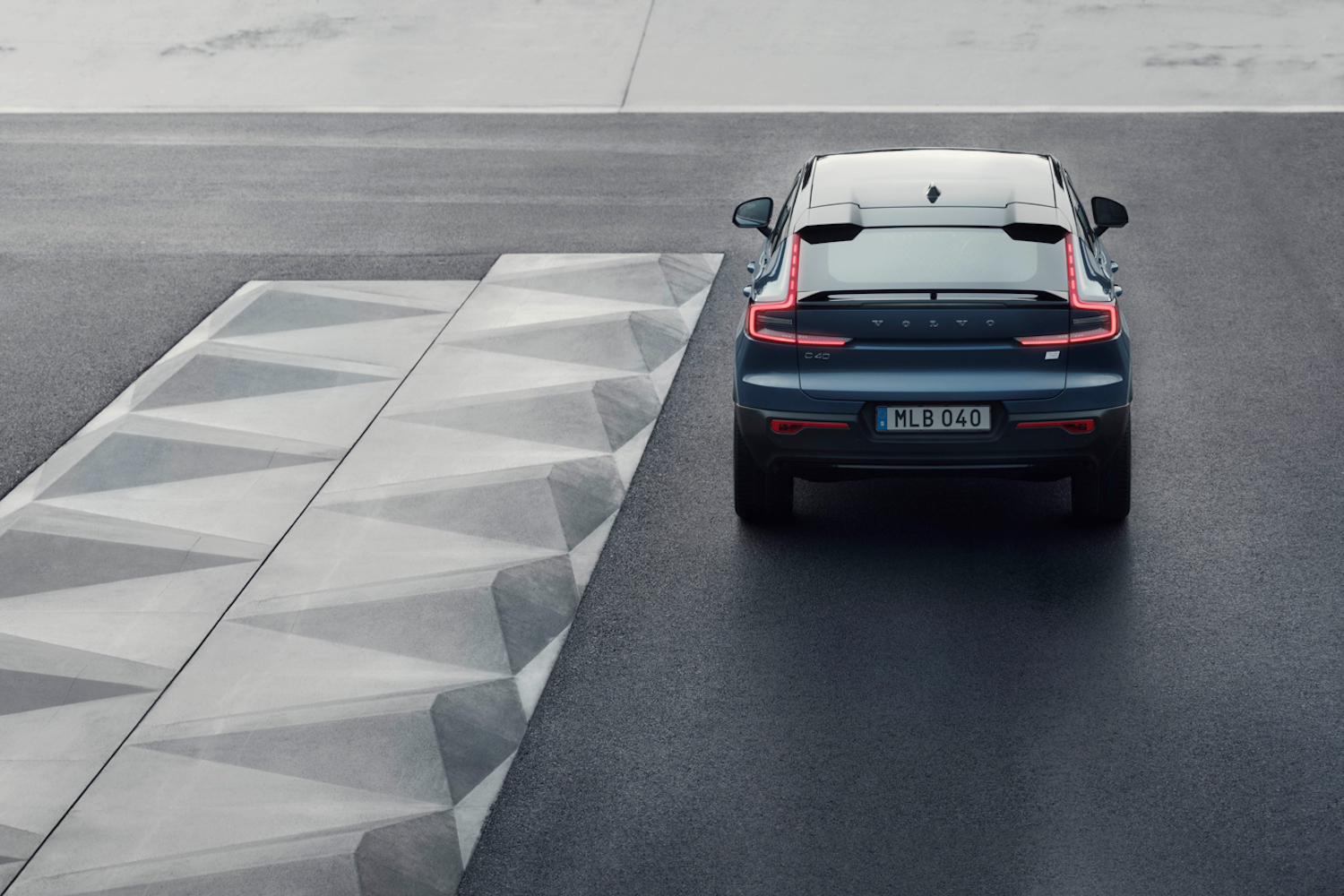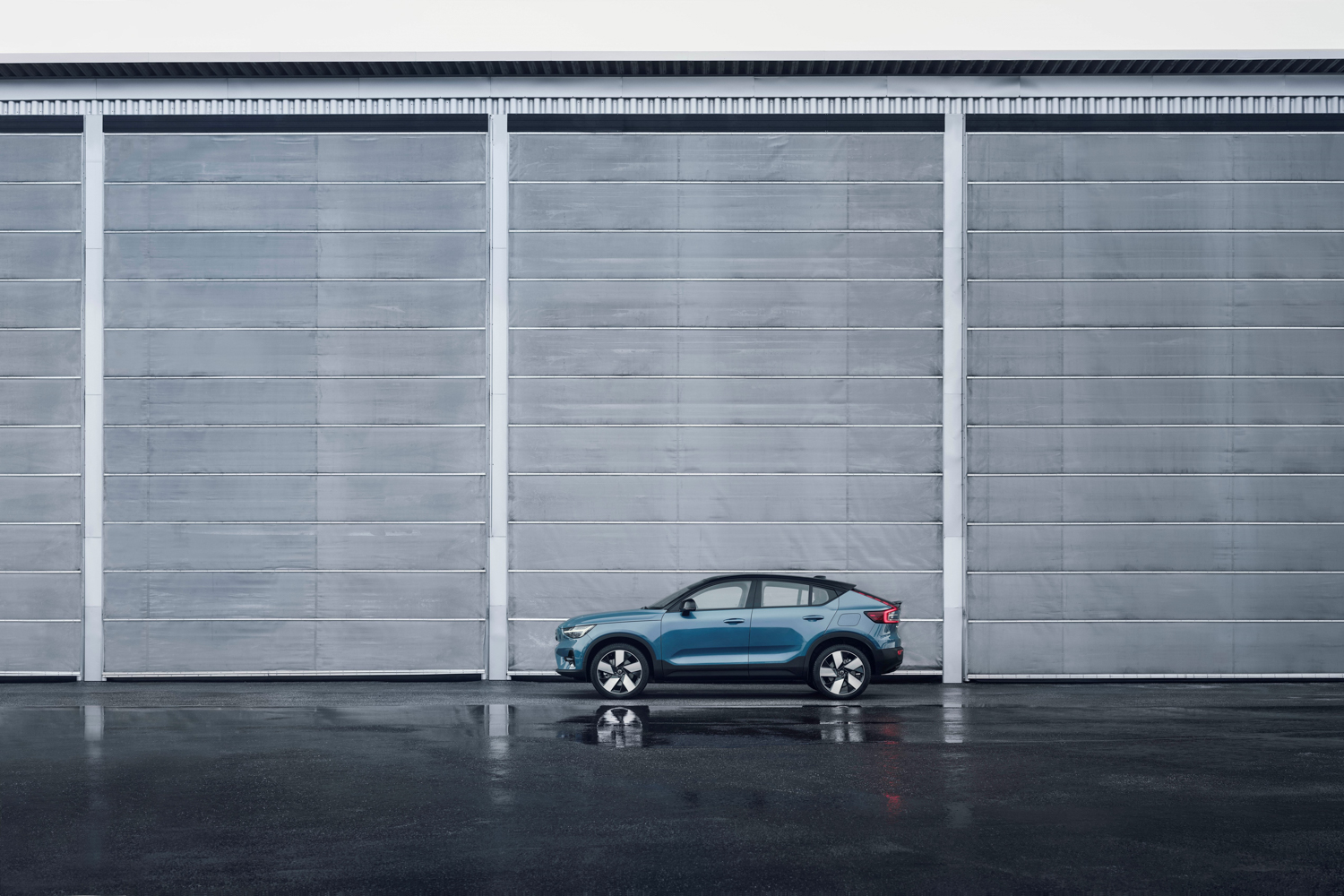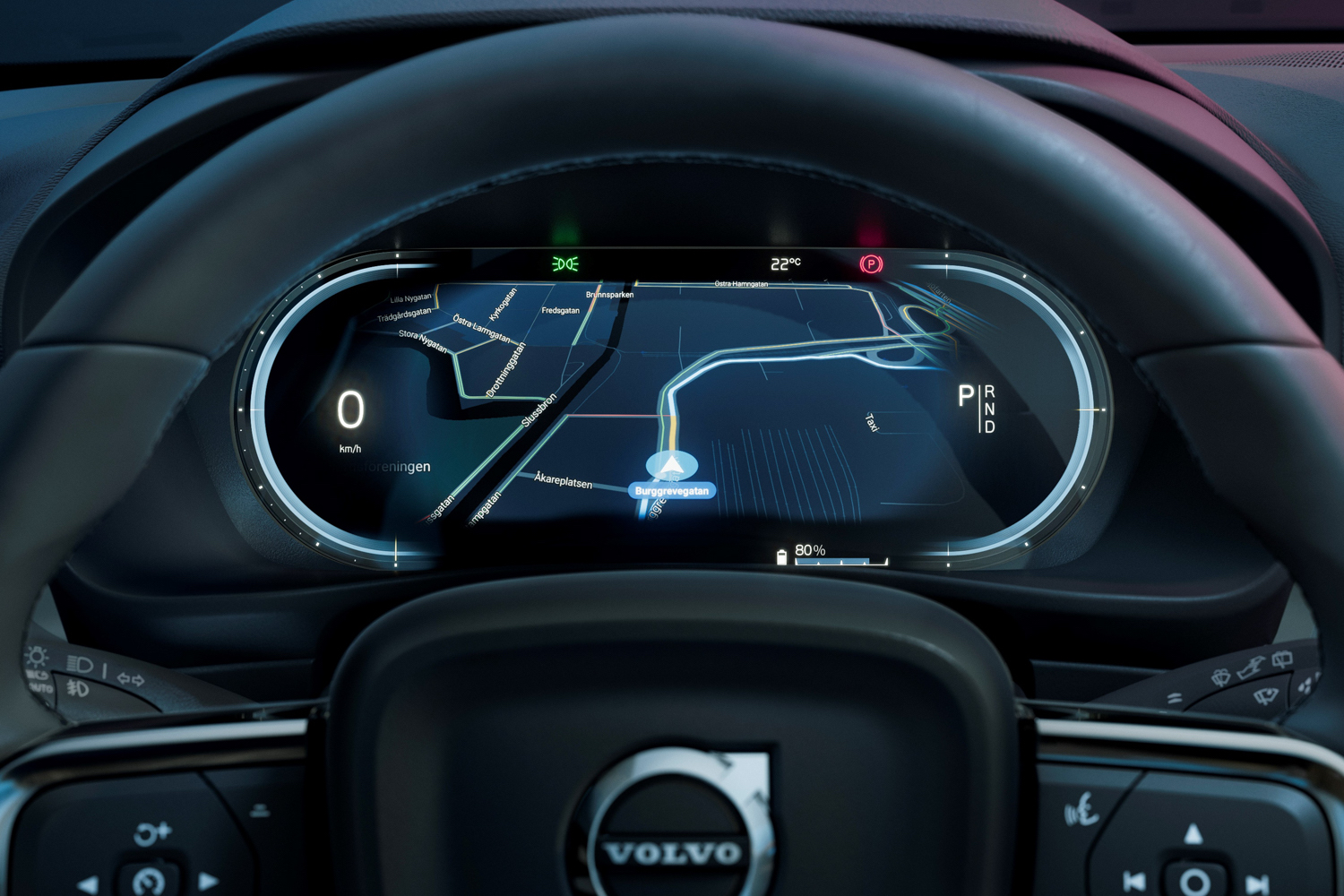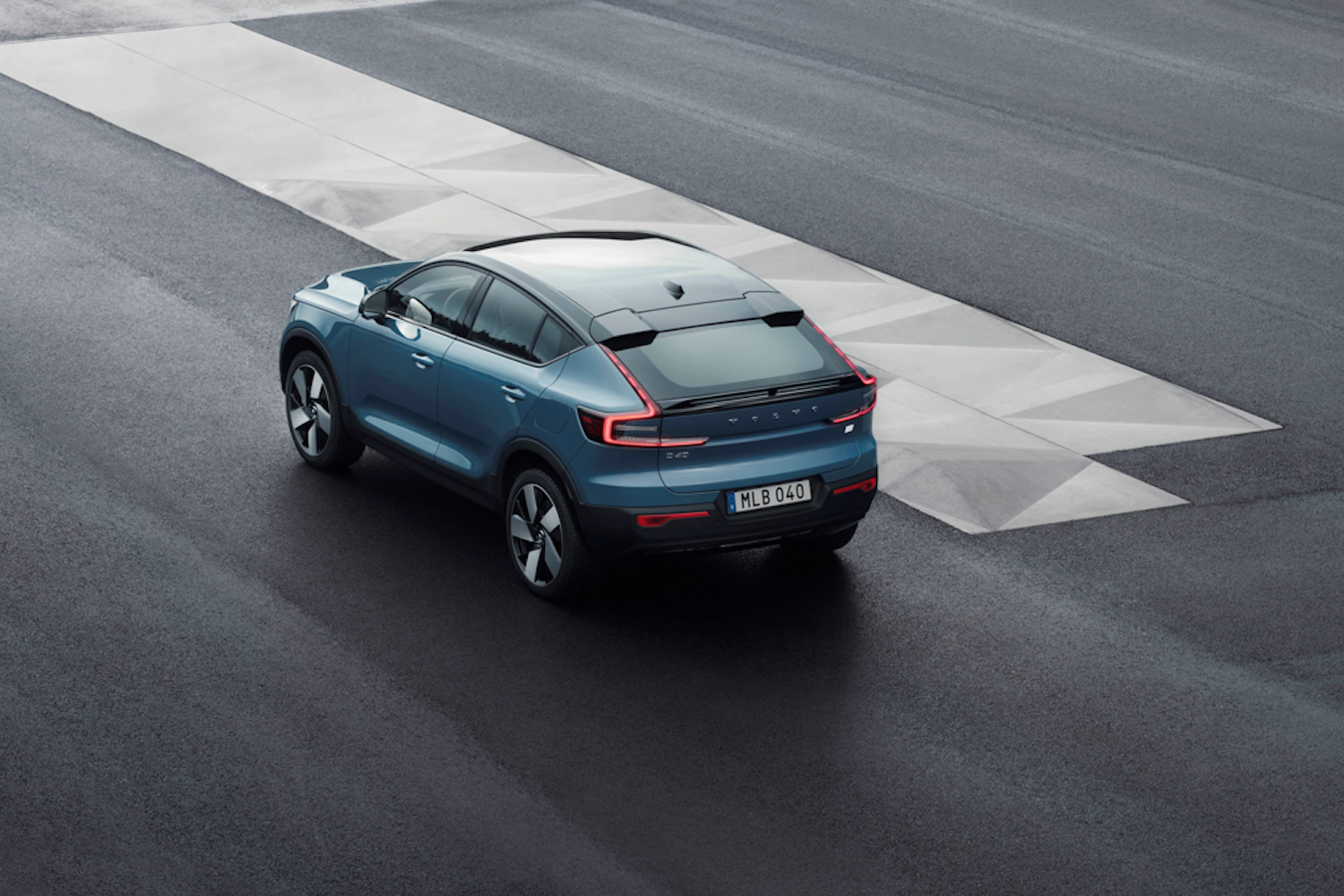Volvo is the latest carmaker to pin its colours to the all-electric mast and has shown off this, the new all-battery C40 Recharge, to underline its commitment. With the 2030 deadline for the death of internal combustion engine sales (not just in Ireland - other European countries are looking at the same timeline), Volvo has said that by 2030 it will make and sell only fully-electric cars.
Coupe version of the XC40
Volvo of course already has the all-electric XC40 'Recharge' SUV on sale, as well as its spinoff all-electric Polestar brand (which doesn't have official representation in Ireland just yet, but which can be bought from independent suppliers such as DC Motor Company). Now, to join those two, comes this, the C40, which is effectively a coupe version of the XC40, and the first Volvo-badged model to be offered only with electric power.
Sitting on the same CMS platform as the XC40 (you'll also find it under the current London Taxi, thanks to Geely's ownership of the classic Black Cab too) the C40 will come with a two-motor 402hp four-wheel drive system and a 77kWh battery that's good for, claims Volvo, a one-charge range of 420km. Why such short range? Likely because of the chunky power output, and also because the CMA platform is not fully electric-optimised. Volvo and Geely are currently working on a new, entirely electric, architecture.
The C40 uses an 11kW on-board charging system, and if you hook it up to a 150kW DC charger (or faster) it will quick-charge to 80 per cent capacity in around 40 minutes. The Swedes also claim that the C40's range should improve over time thanks to over-the-air software updates.
Google software
Some of that software comes from Google, as the internet giant's Android software forms the basis for the C40's infotainment system. That system will include its own embedded SIM card, and each C40 will come with an unlimited data package, so as to be able to make full use of a suite of connected software options.
While the C40 is clearly lower and sleeker than the XC40, the boot - at 413 litres - is almost unchanged so it will still be practical, in spite of a roof that's some 690mm lower. There's also a 31-litre 'frunk' boot under the bonnet.
Online sales and subscriptions, not ownership
According to Volvo's statement: "The company intends to only sell fully electric cars and phase out any car in its global portfolio with an internal combustion engine, including hybrids. The company's transition towards becoming a fully electric car maker is part of its ambitious climate plan, which seeks to consistently reduce the life cycle carbon footprint per car through concrete action. Its decision also builds on the expectation that legislation as well as a rapid expansion of accessible high quality charging infrastructure will accelerate consumer acceptance of fully electric cars."
Part of that seems to be a greater move towards online sales, potentially bypassing the traditional dealership model. Volvo has already dabbled with this through the Polestar brand, which shuns traditional 'plate-glass' dealers in favour of smaller, city-centre boutique stores, and direct delivery for test drives and purchasing. Volvo says that, as part of this, it will "radically reduce the complexity" of its model range. A quick look at the Polestar website seems to show the way this will go - if you configure a Polestar 2 right now, you simply choose the exterior colour, the interior leather colour, and whether or not you want the sports pack and/or a towbar. That's it as far as options go.
"The future of Volvo Cars is defined by three pillars: electric, online and growth," says Lex Kerssemakers, head of global commercial operations. "We want to offer our customers peace of mind and a care-free way of having a Volvo, by taking away complexity while getting and driving the car. Simplification and convenience are key to everything we do."
While moves such as these always make dealers rather nervous, Volvo is trying to reassure its current network that they're not obsolete yet. "While Volvo Cars is investing heavily in online sales platforms, it will build stronger customer relationships together with its retail partners. They remain a crucial part of the customer experience and will continue to be responsible for a variety of important services such as selling, preparing, delivering and servicing cars. Online and off-line need to be fully and seamlessly integrated," said Kerssemakers. "Wherever the customer is in their journey - online, in a showroom, in a Volvo Studio, or driving the car - the customer experience needs to be top-notch."
Volvo also wants to expand its 'Care By Volvo' subscription service, which bundles all of the costs of vehicle ownership - service, warranty, roadside assistance, as well as insurance, where available, and home charging options - into one monthly payment, with the option to upgrade to a new vehicle at regular intervals. Volvo says that: "Customers will be able to choose from attractive pre-configured electric Volvos that are ready for simple and convenient ordering and quick delivery. Further convenience and simplification comes through transparent and set pricing models. This eliminates the need for negotiations, increases transparency and builds trust."

